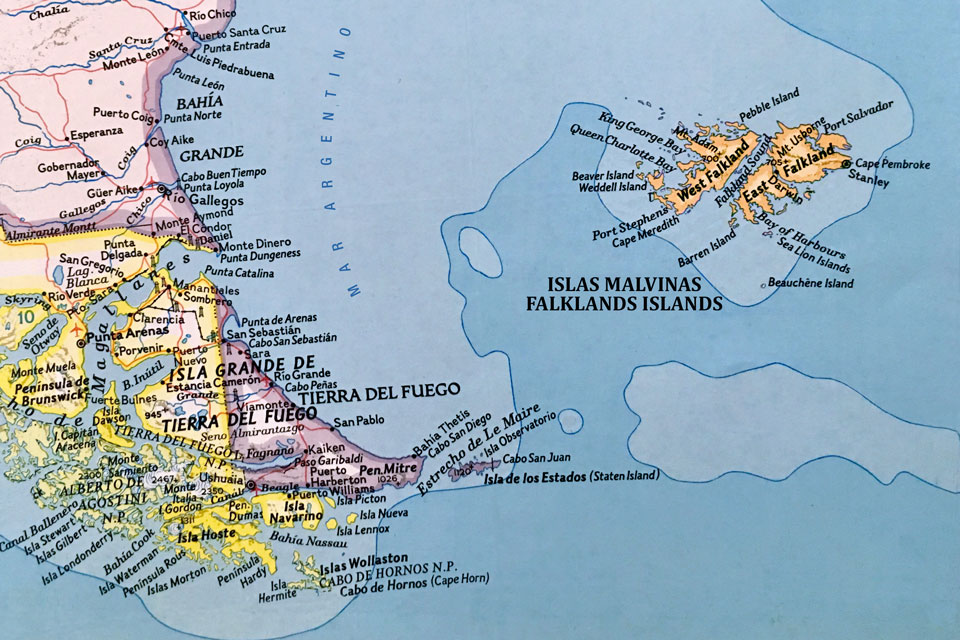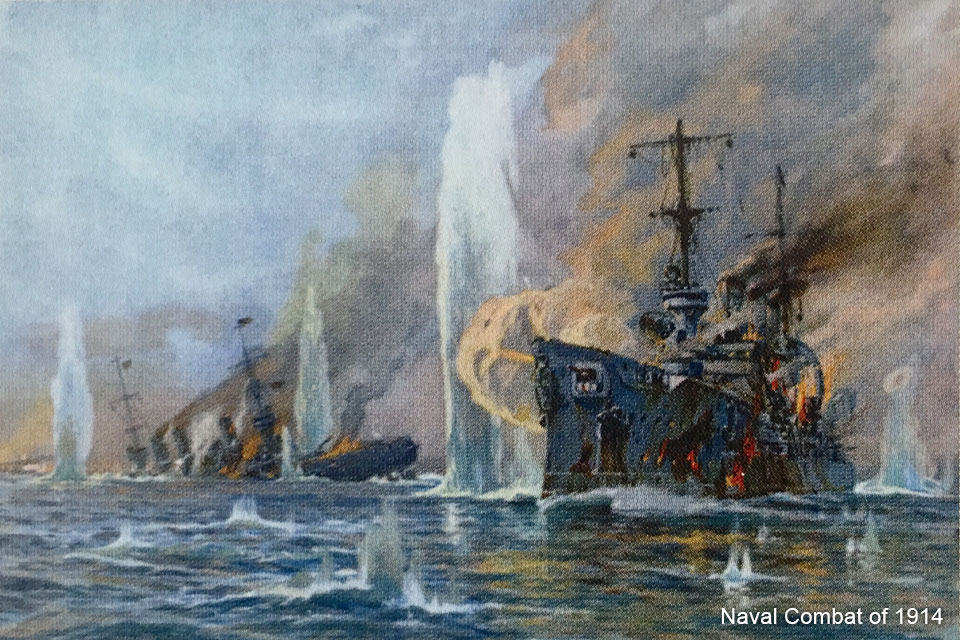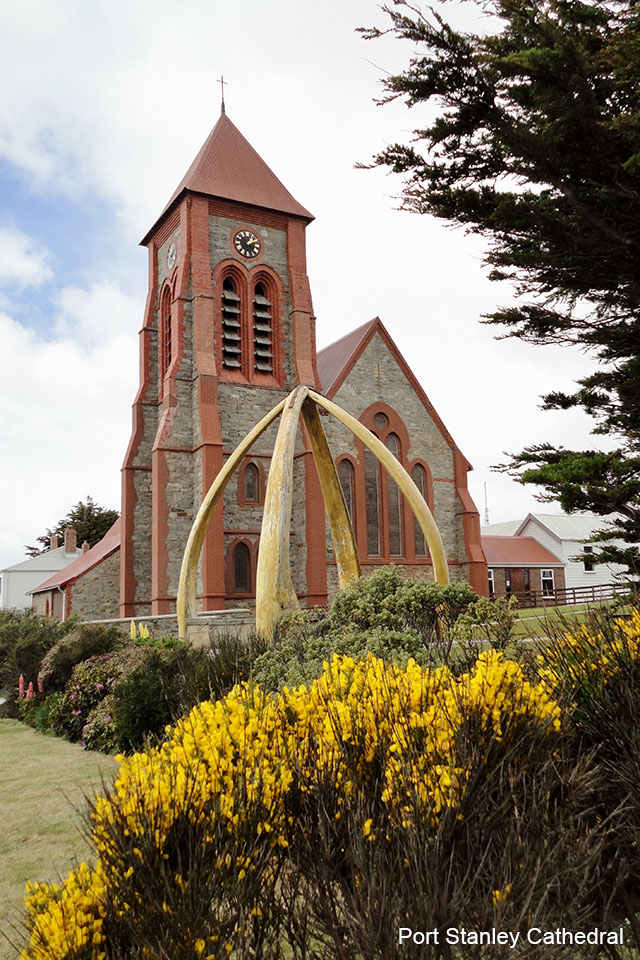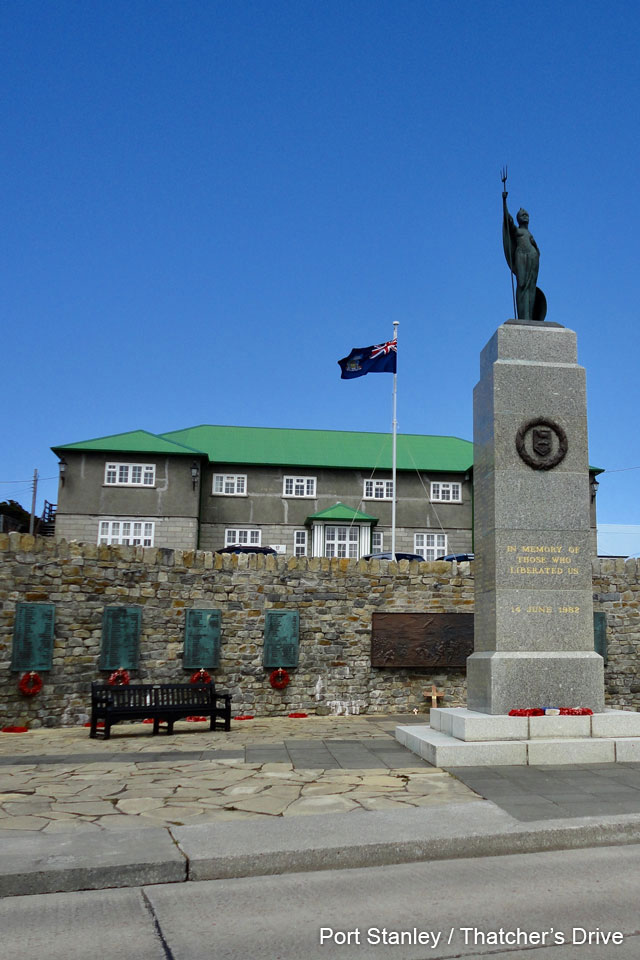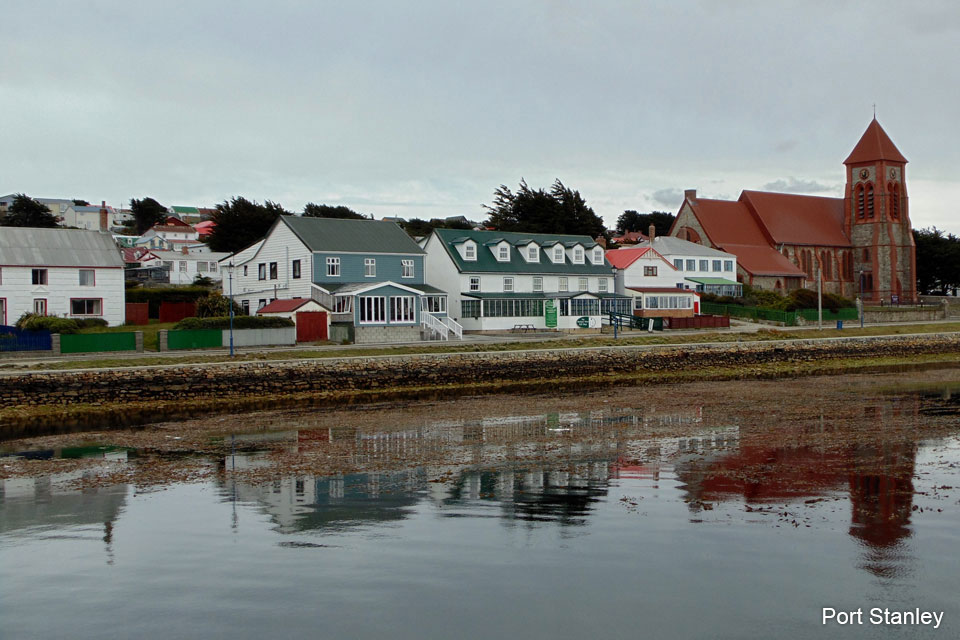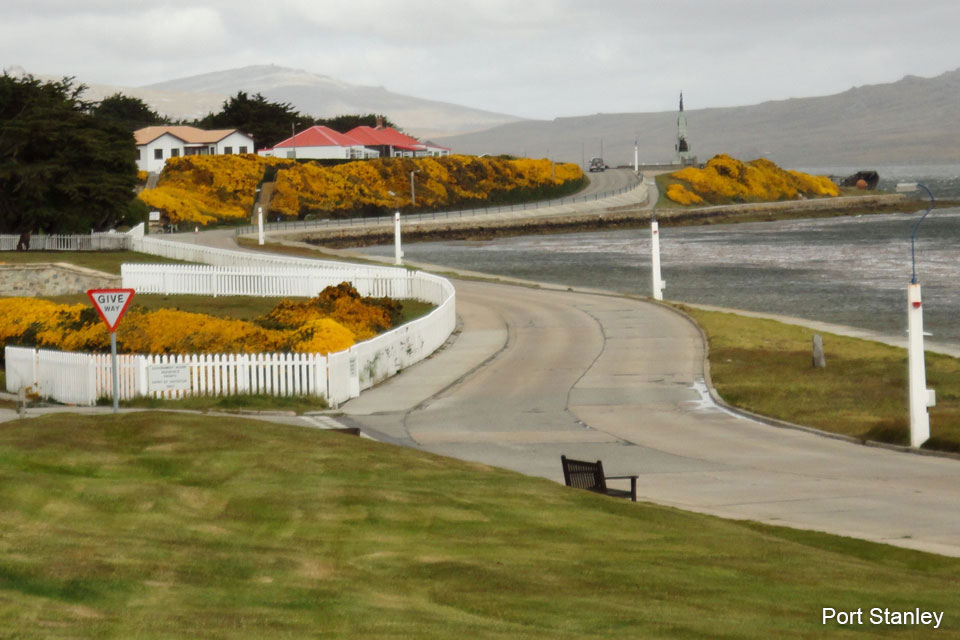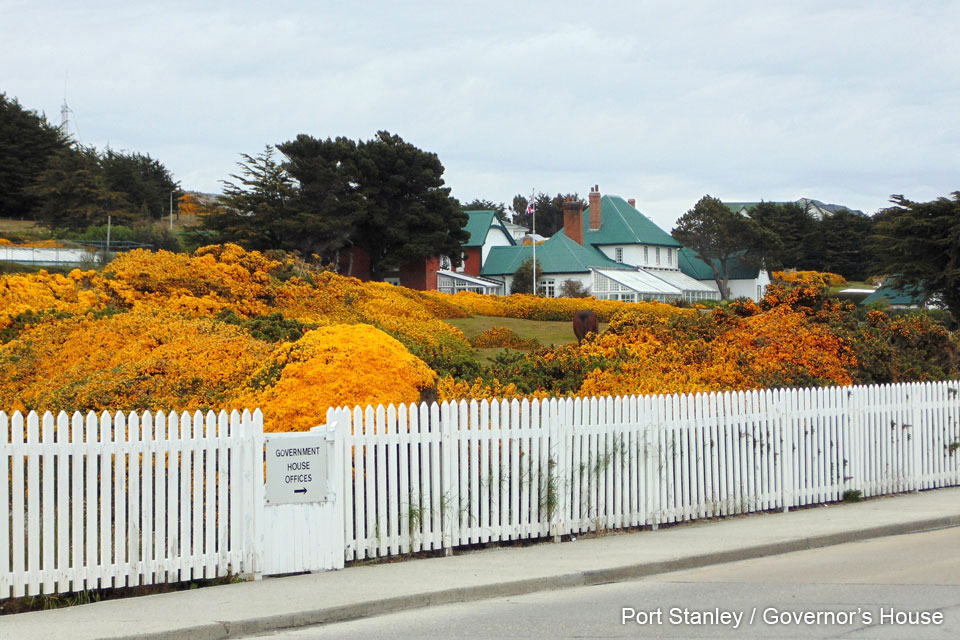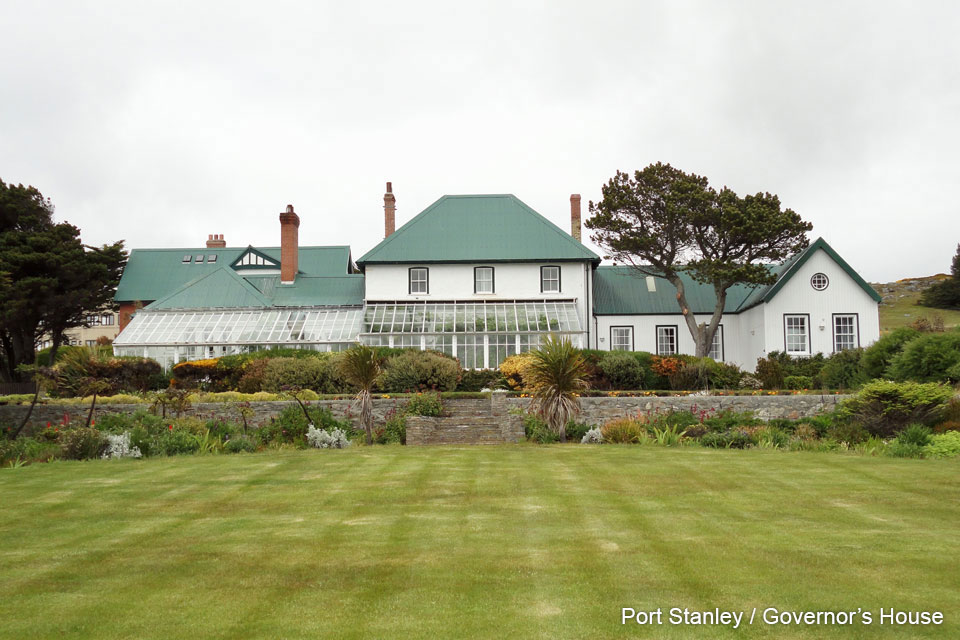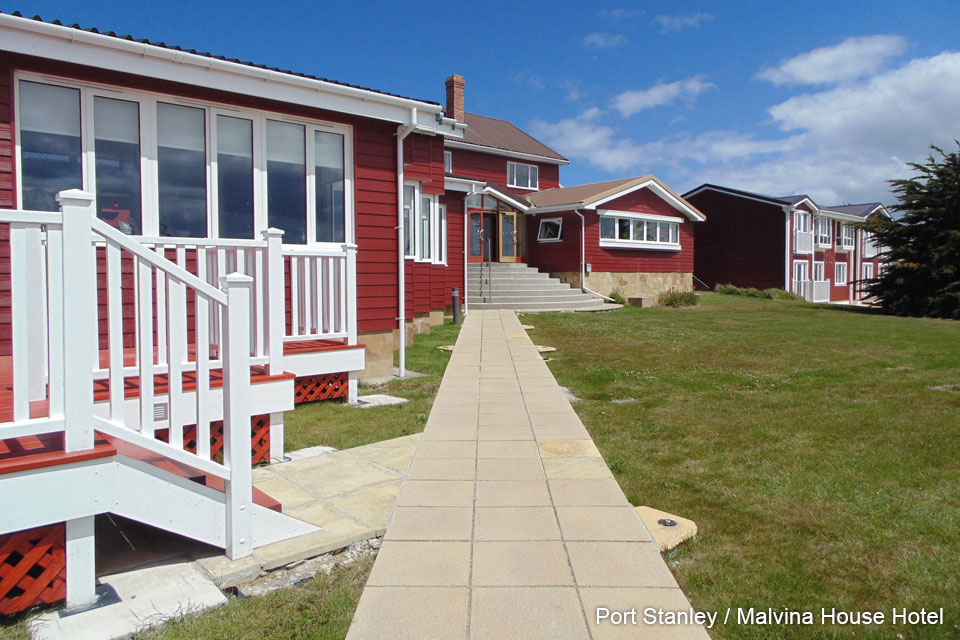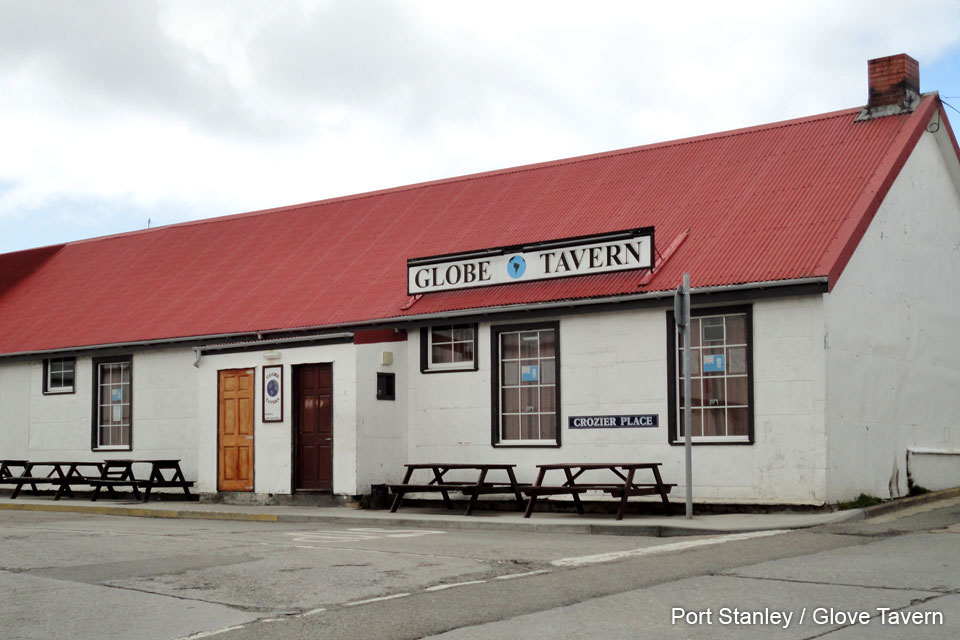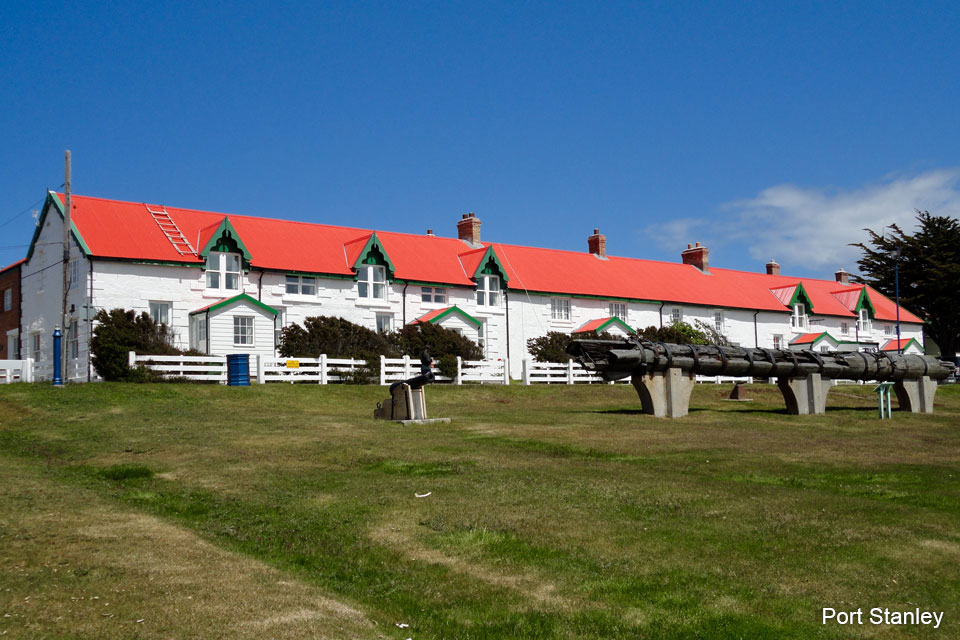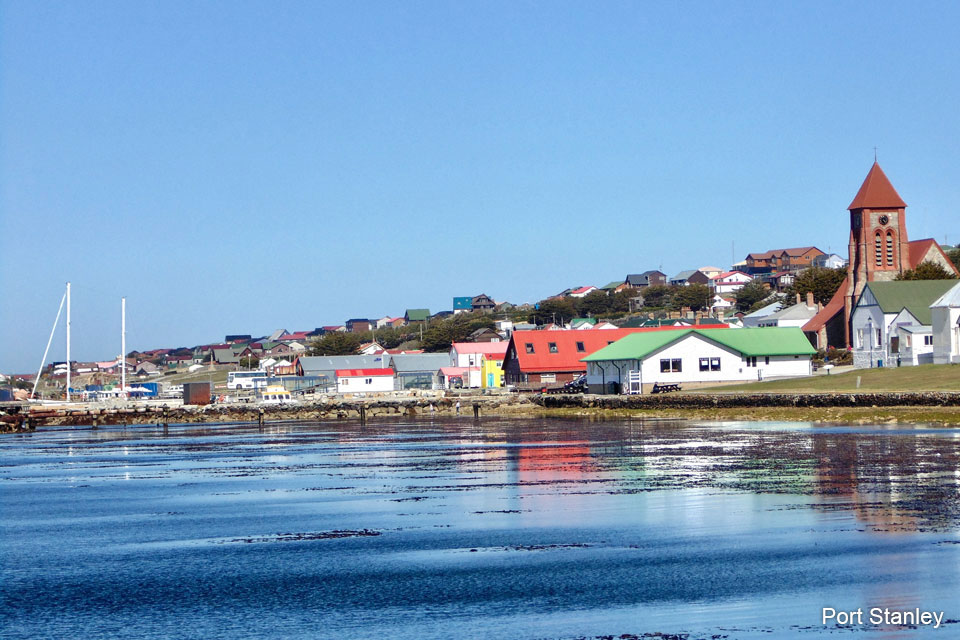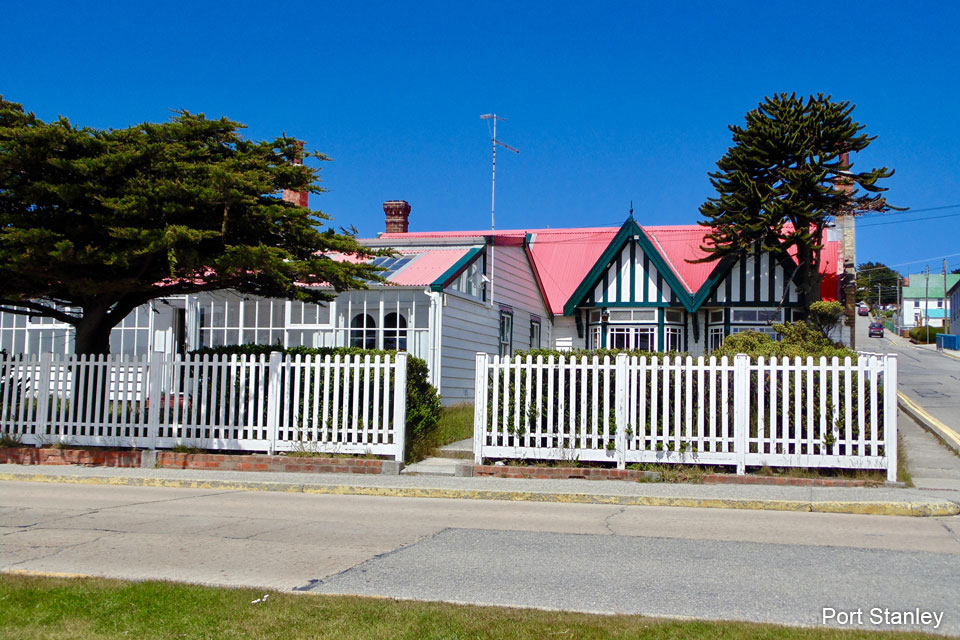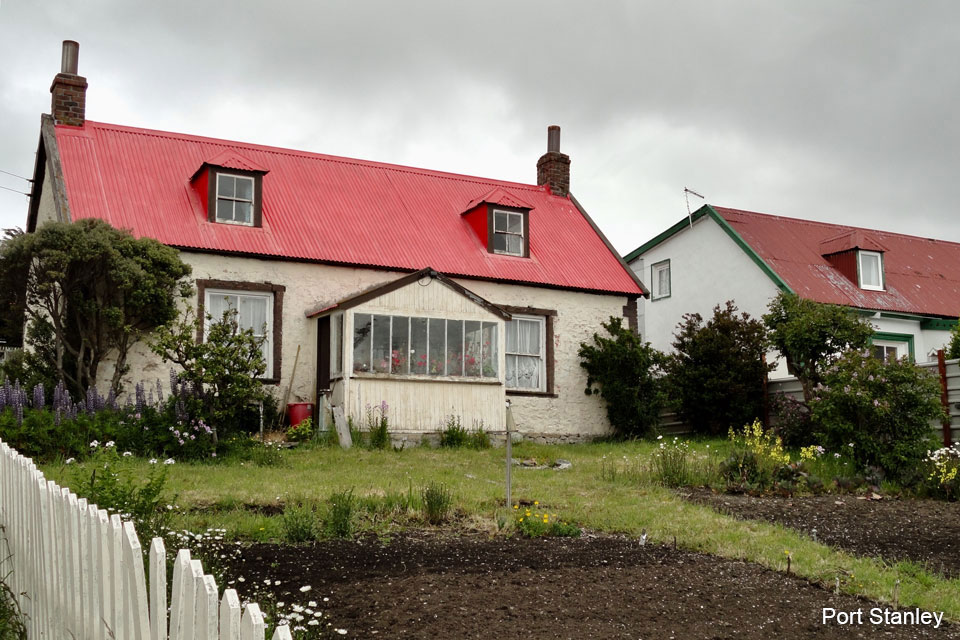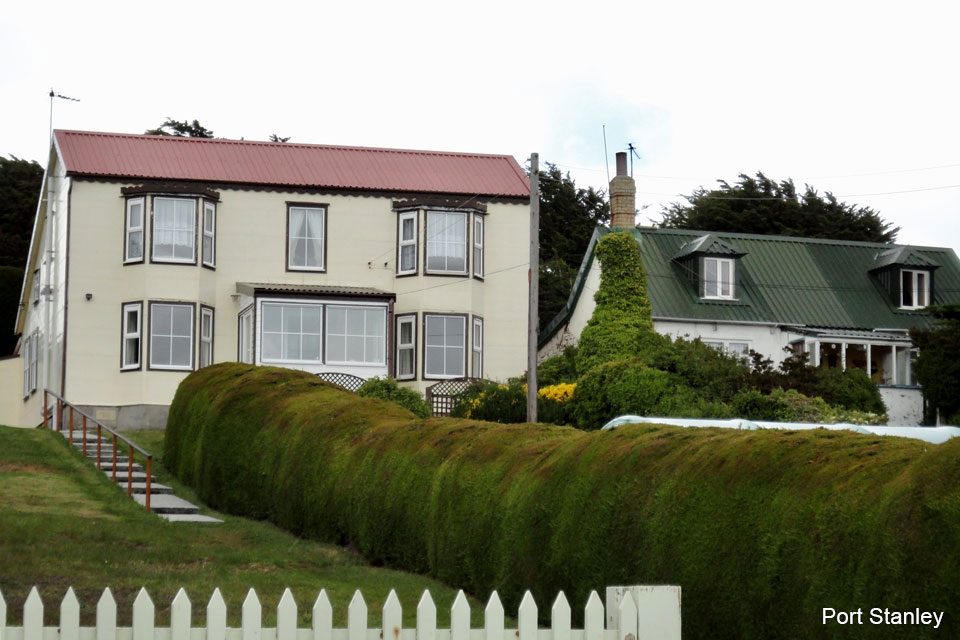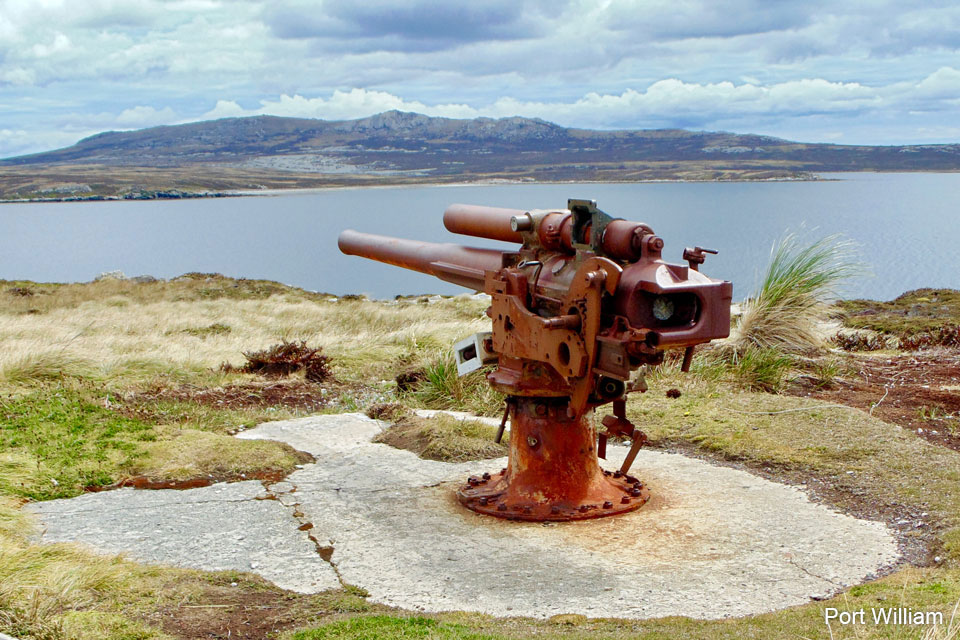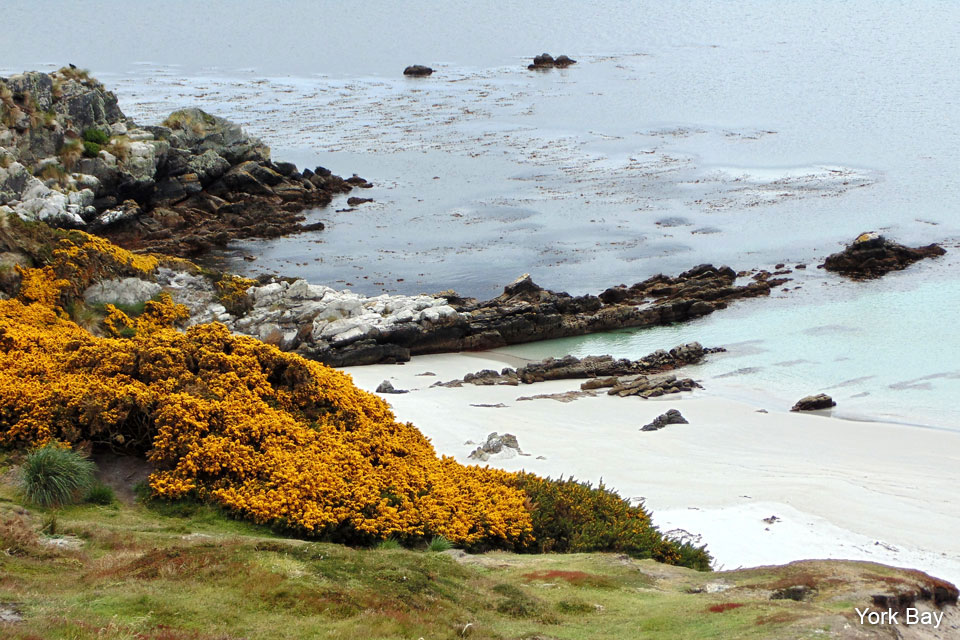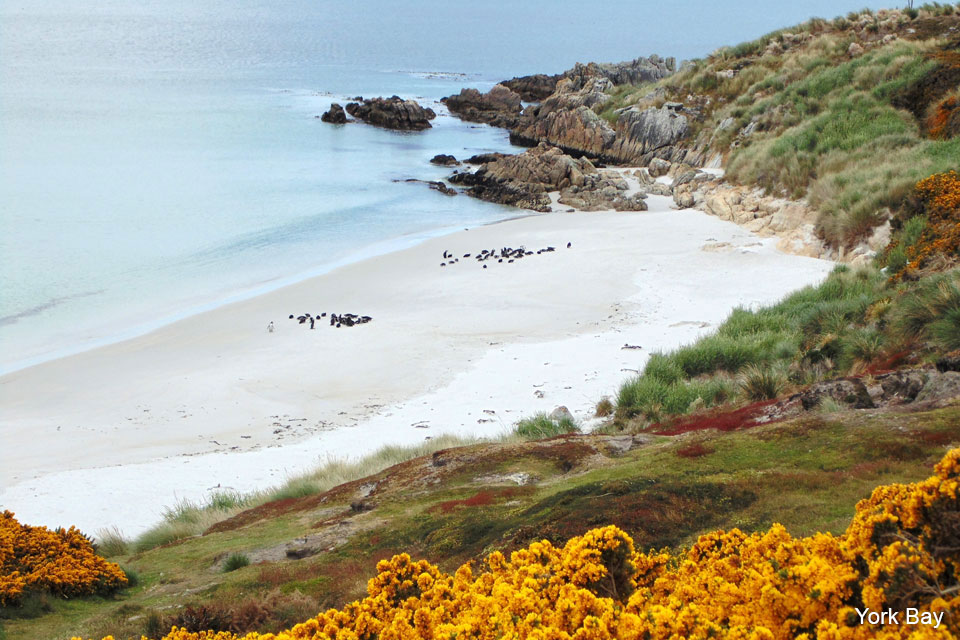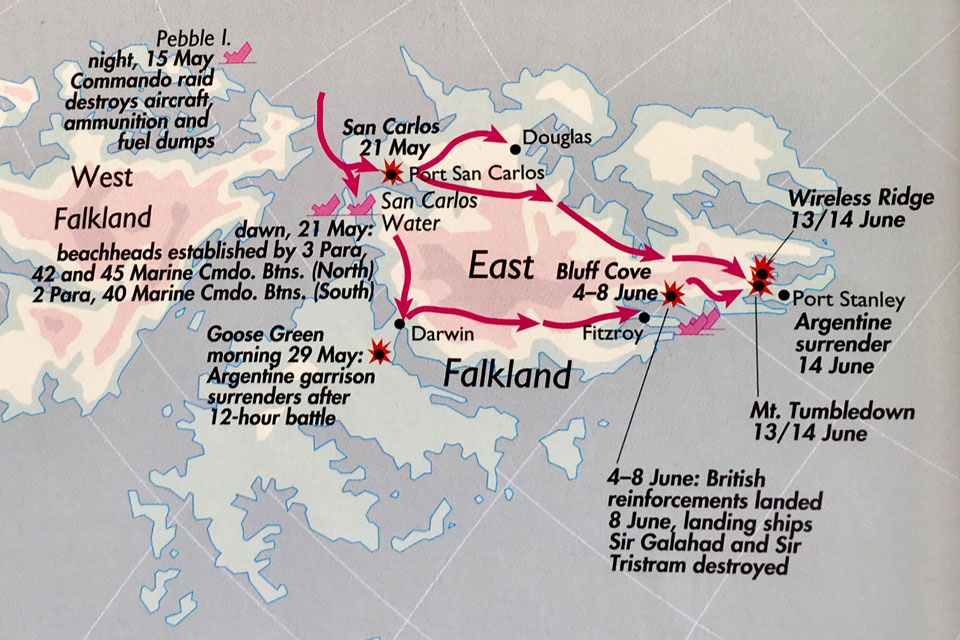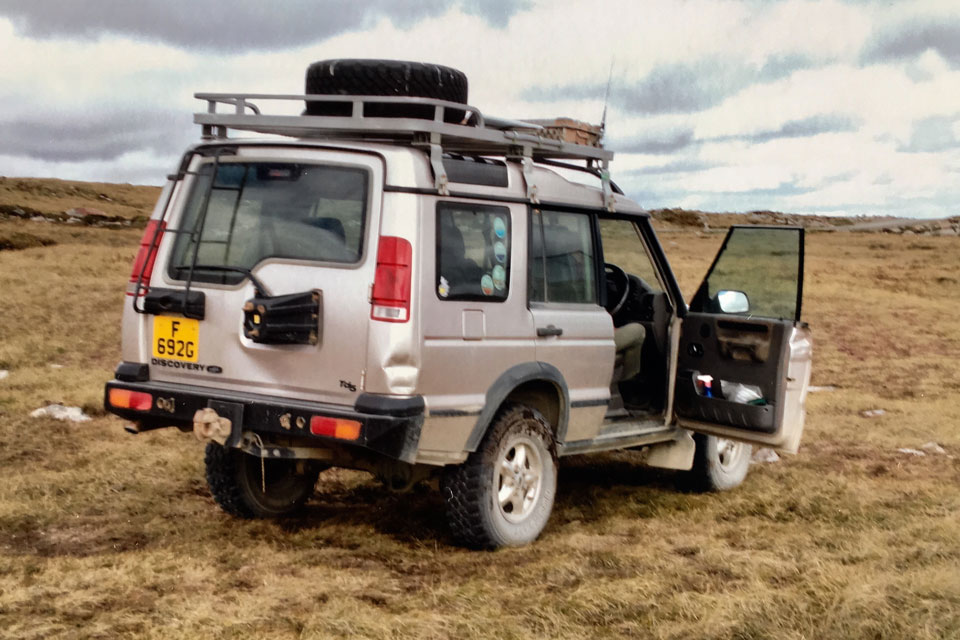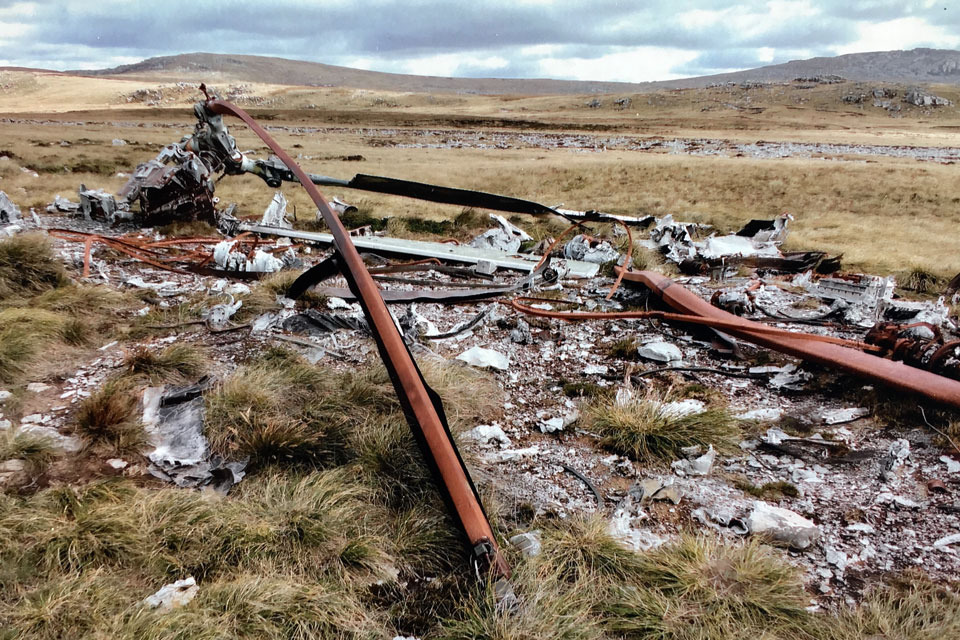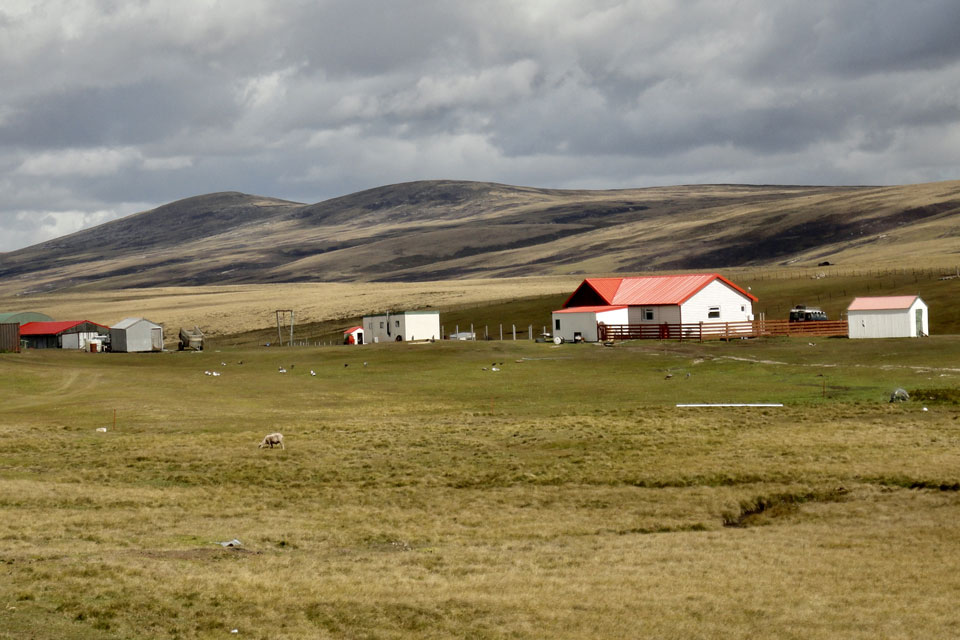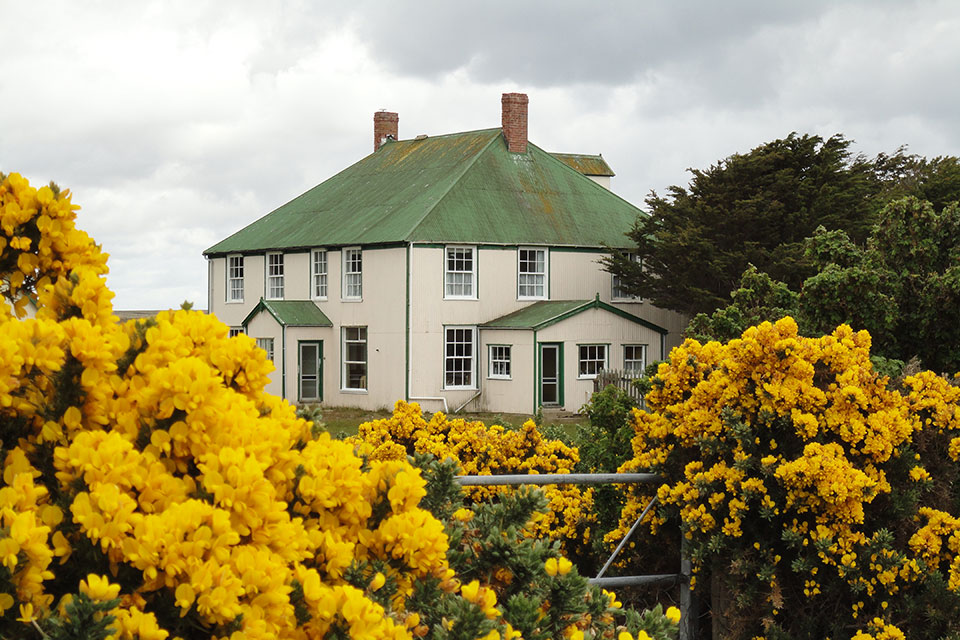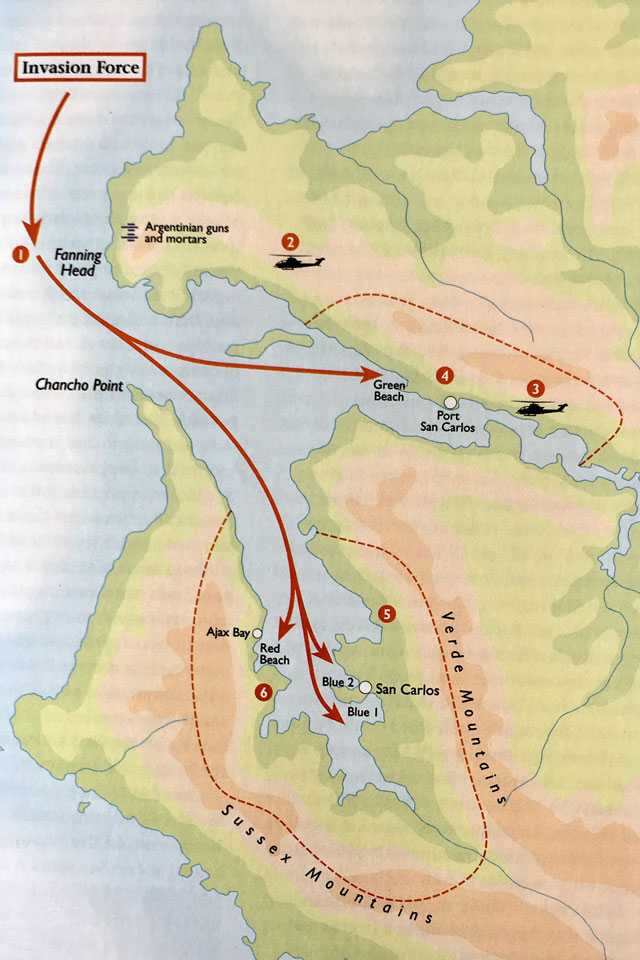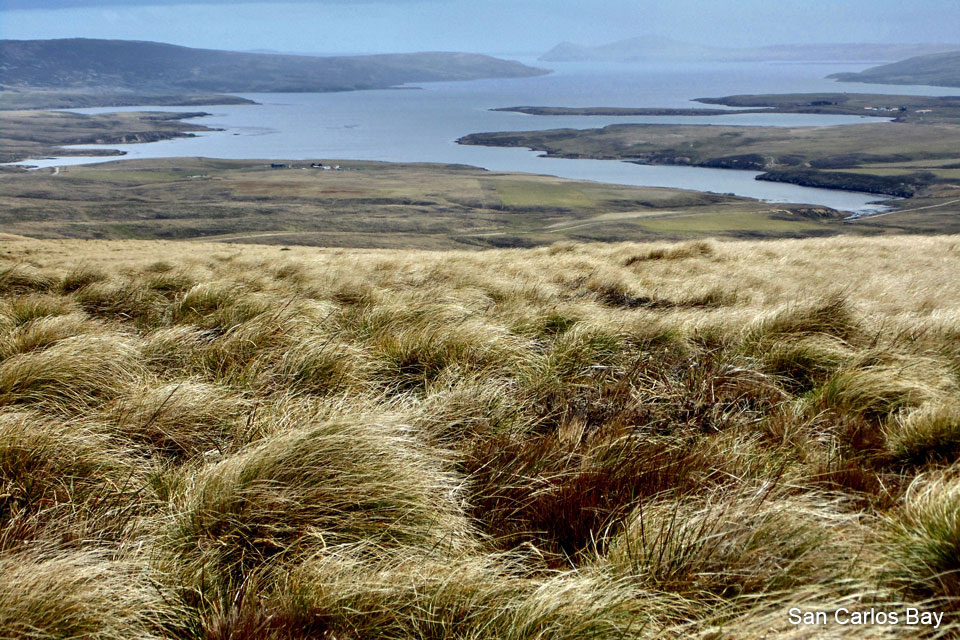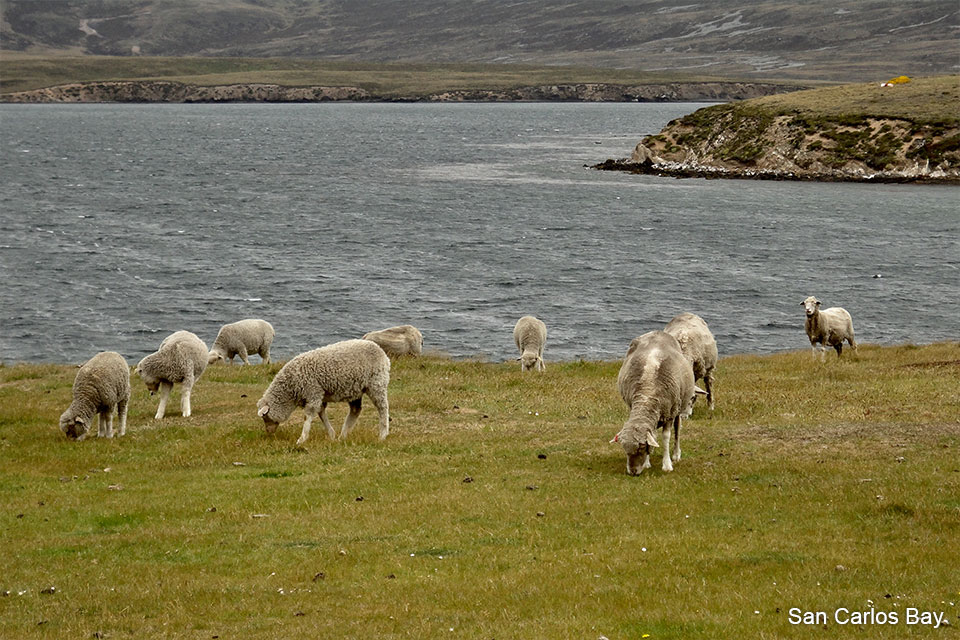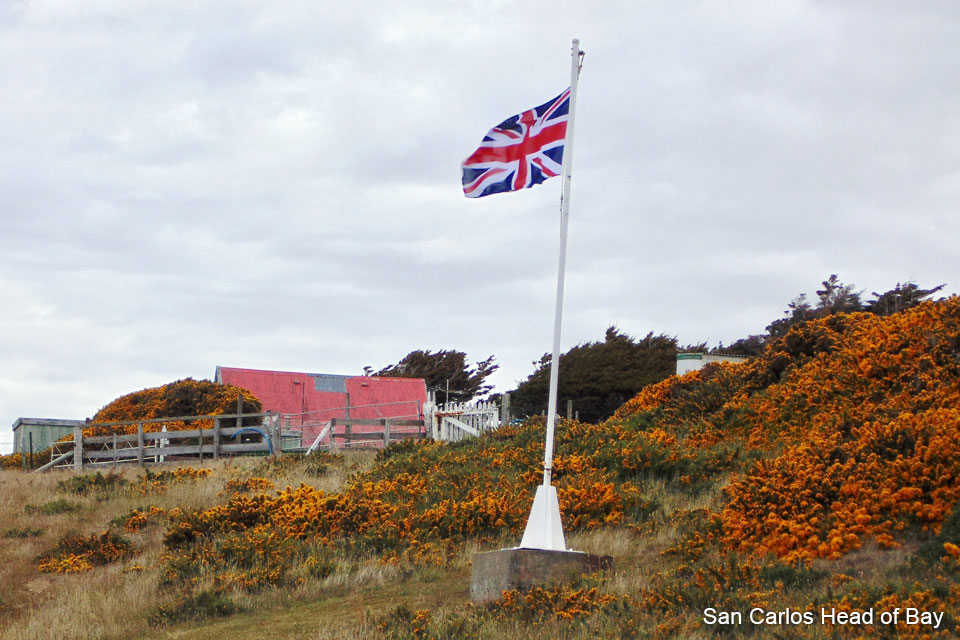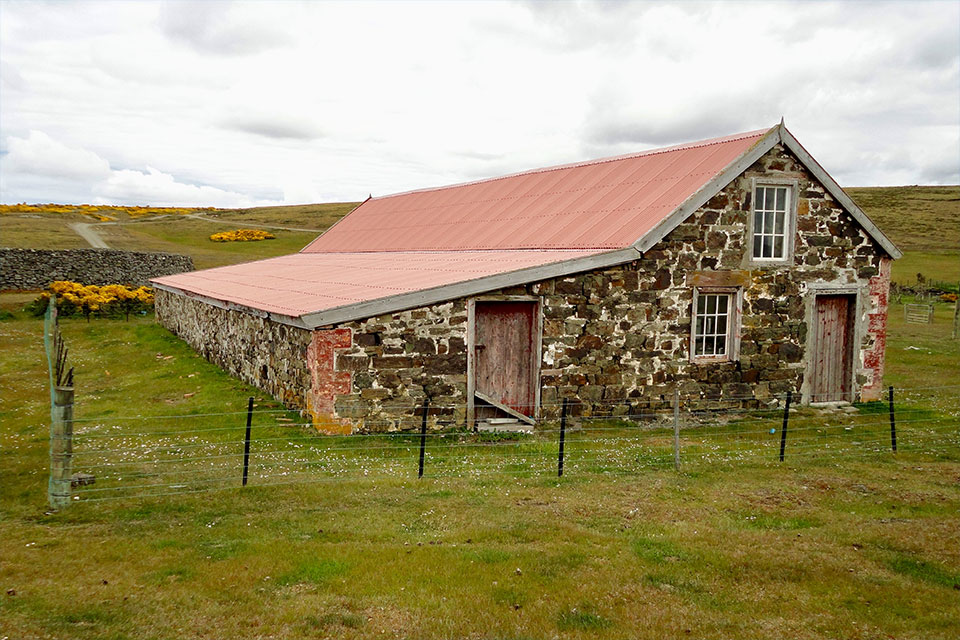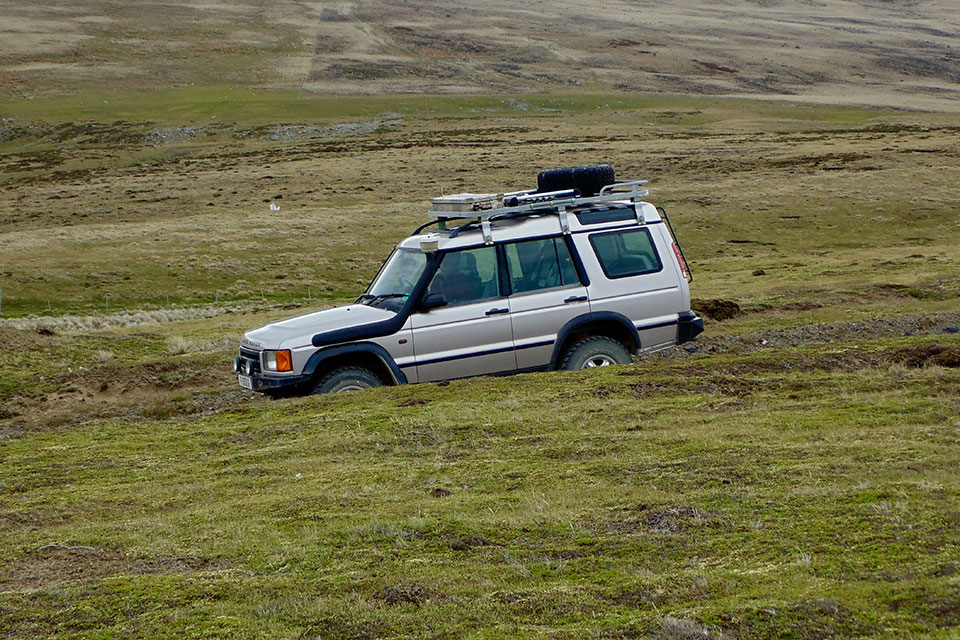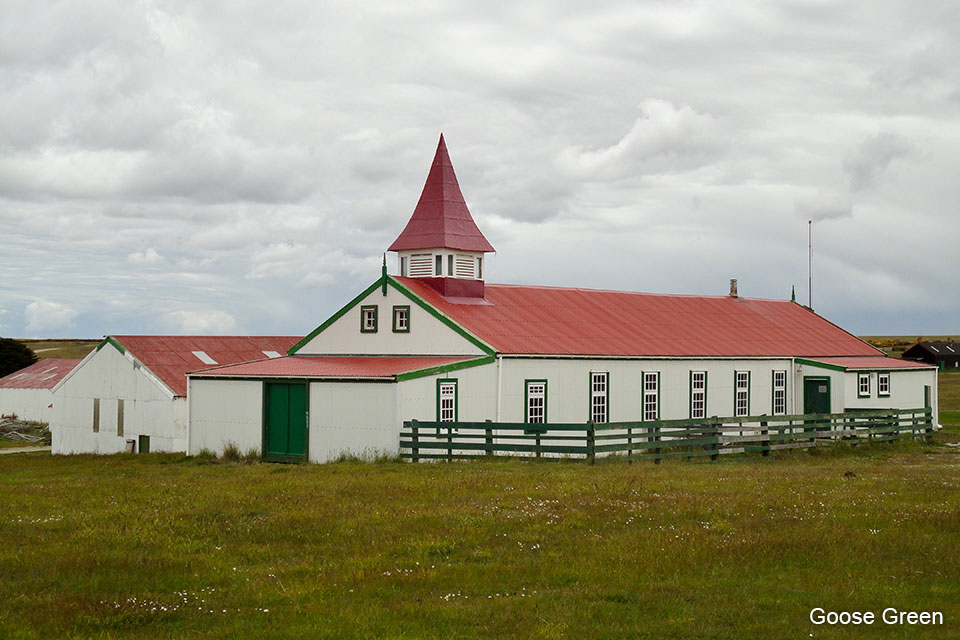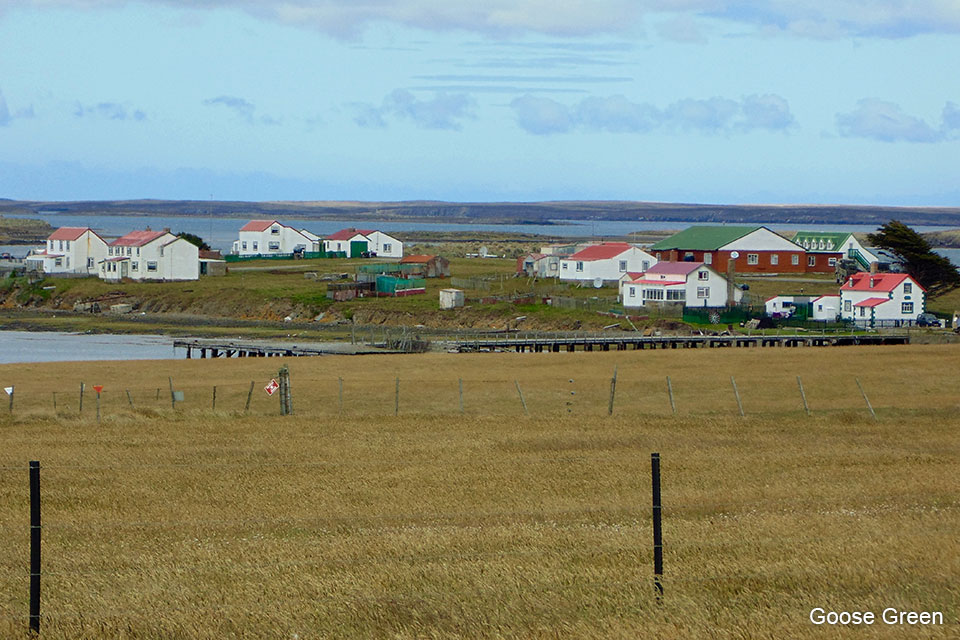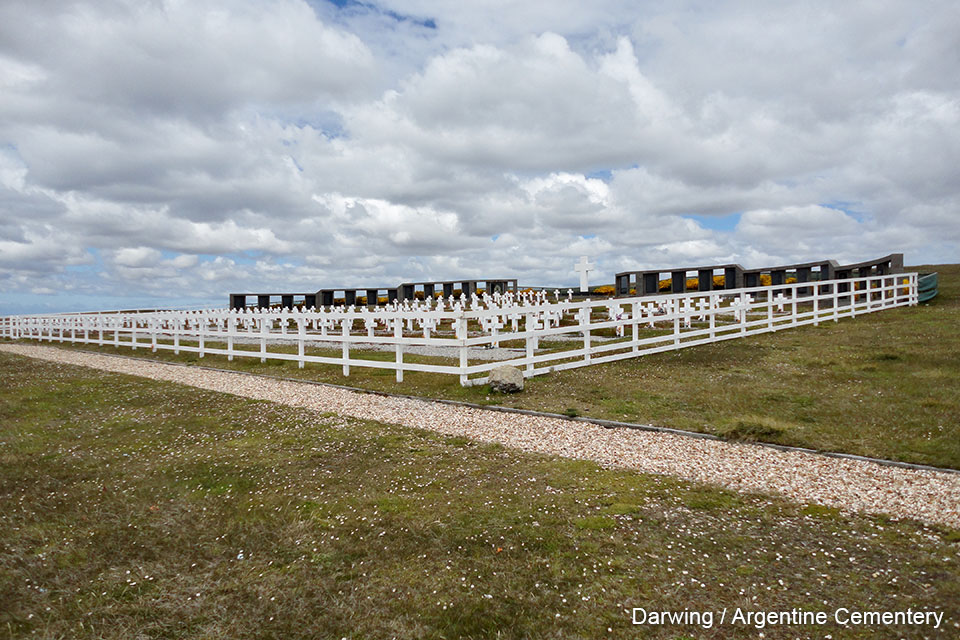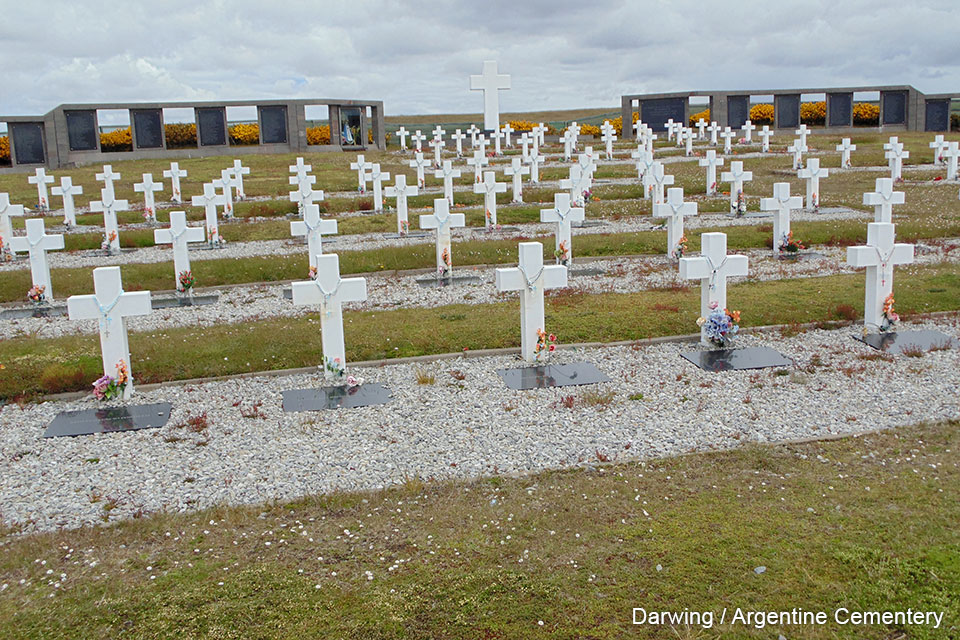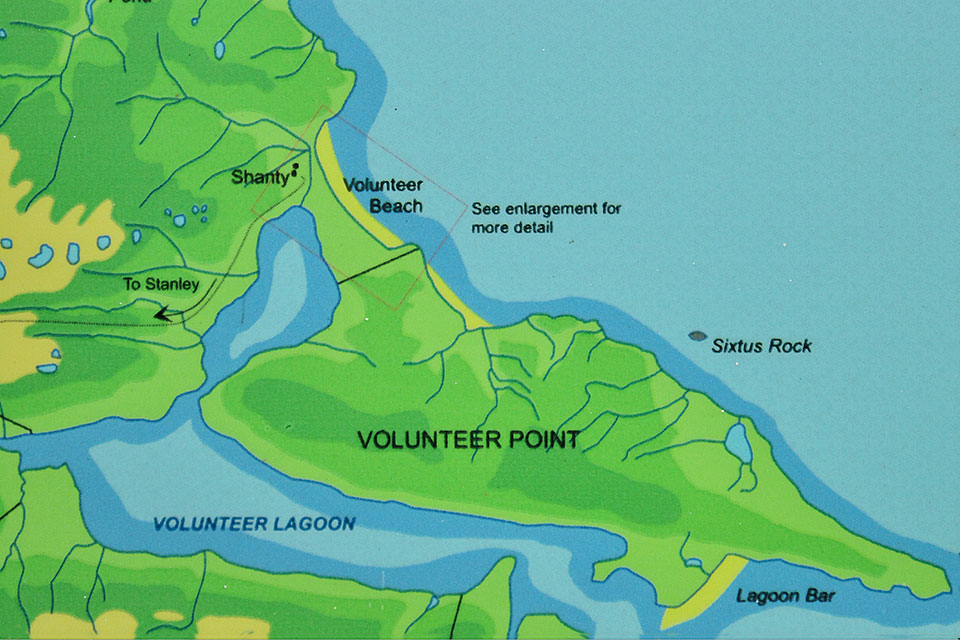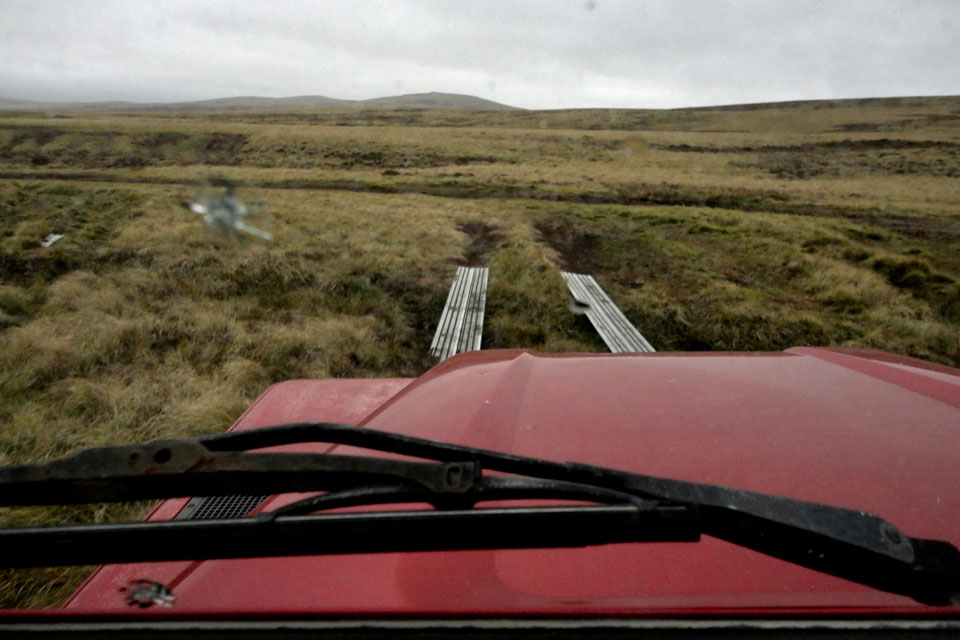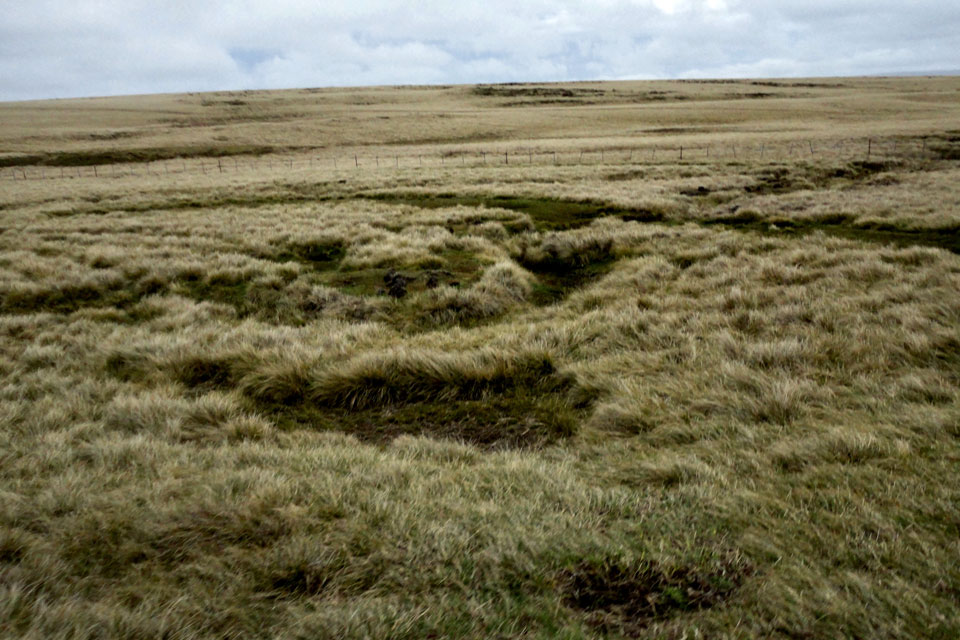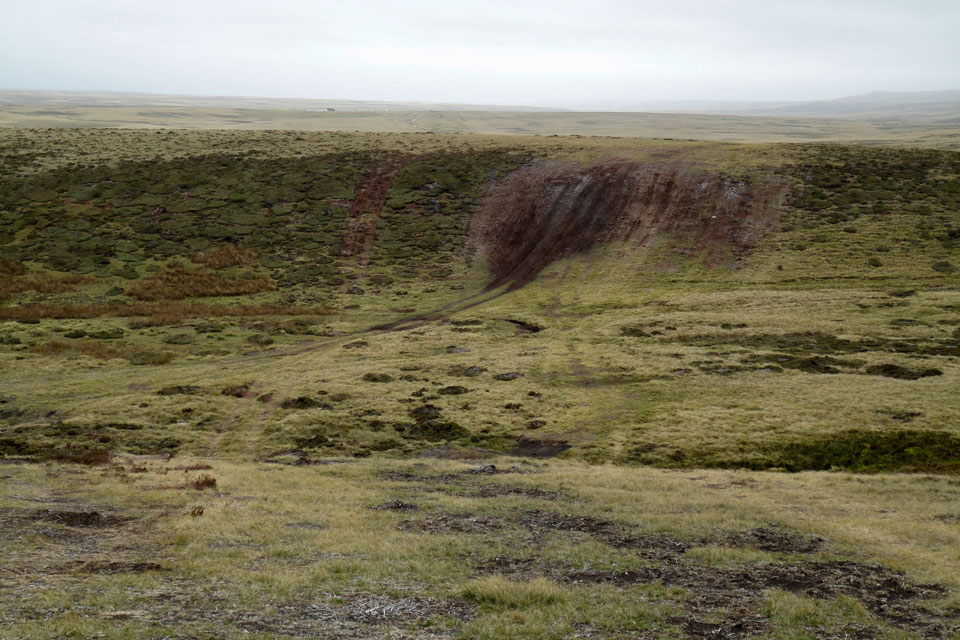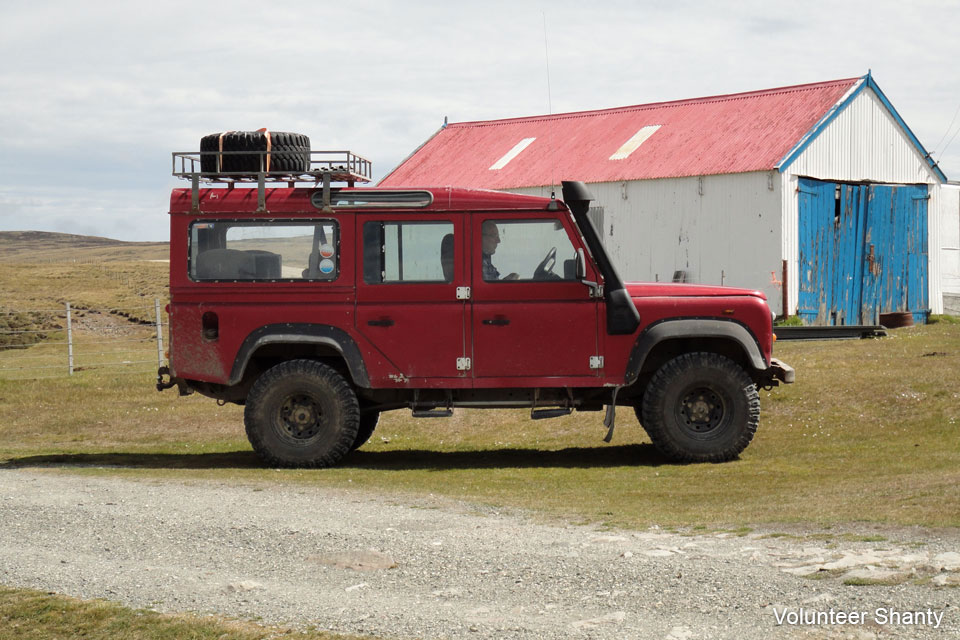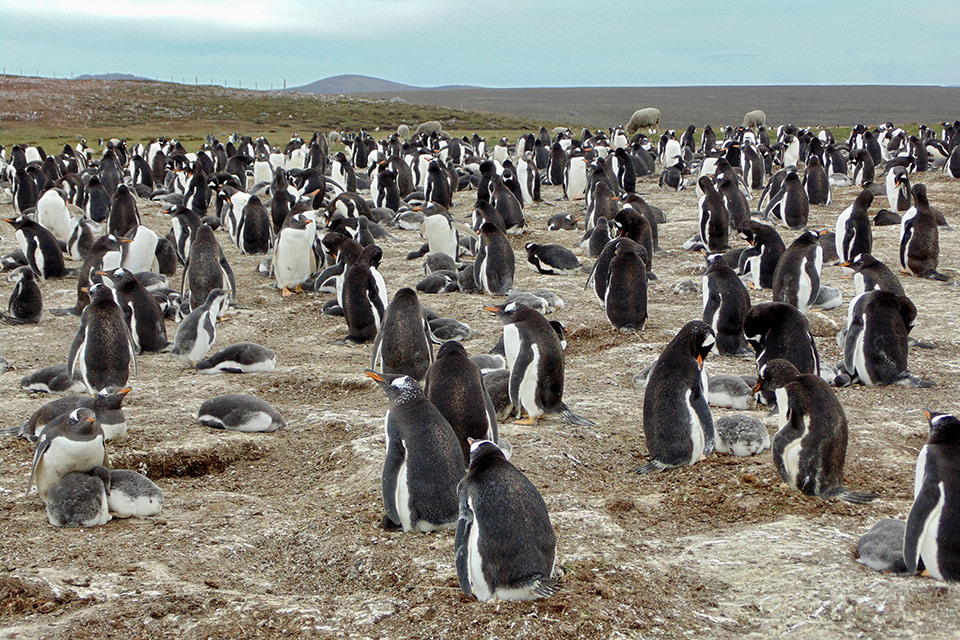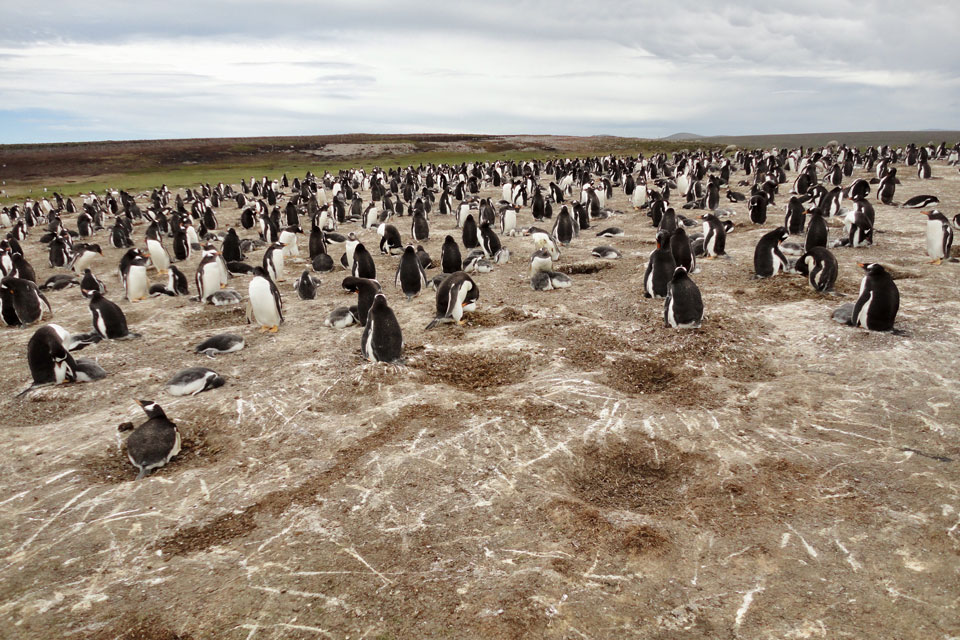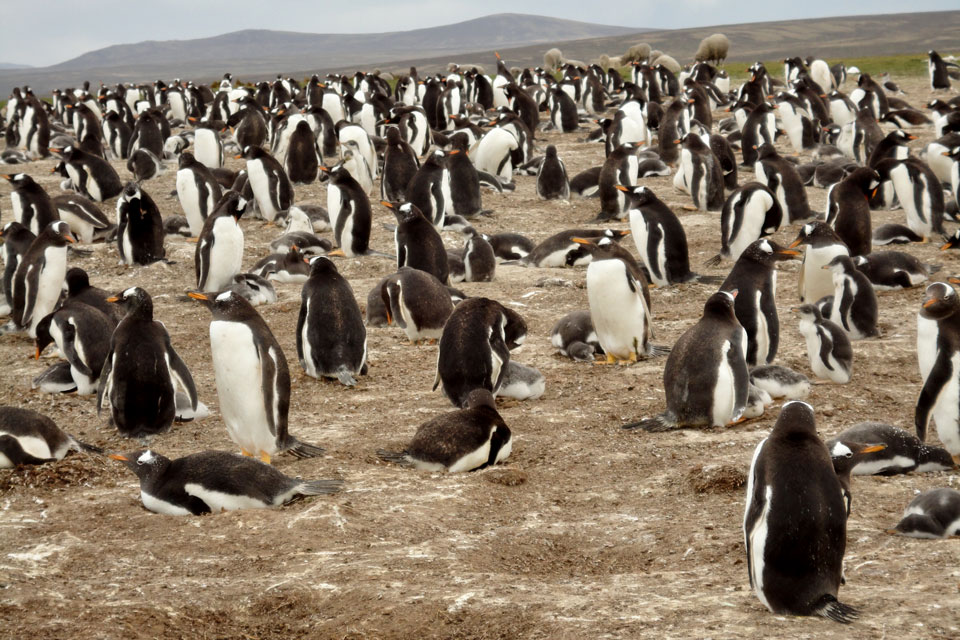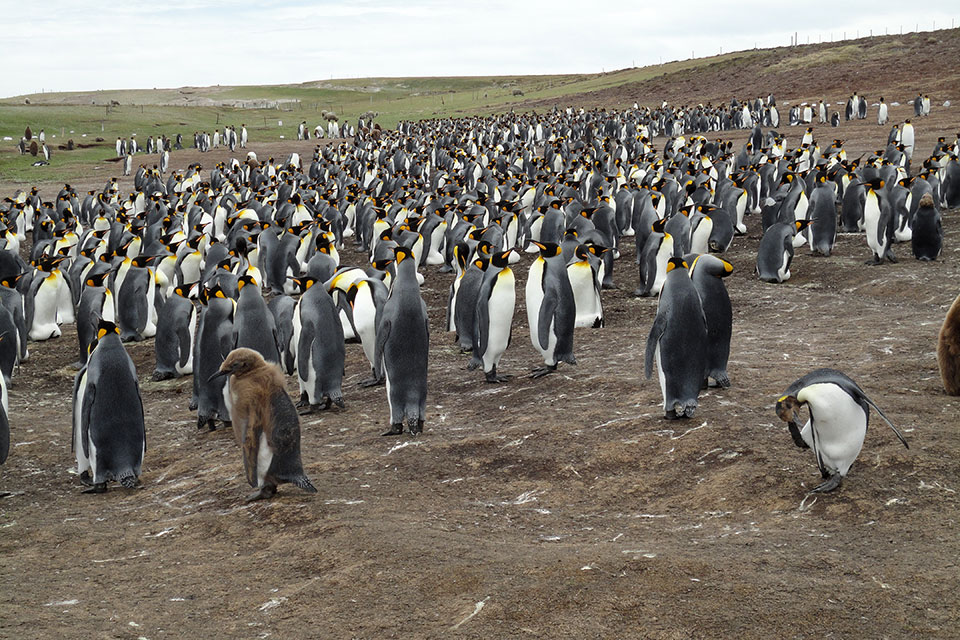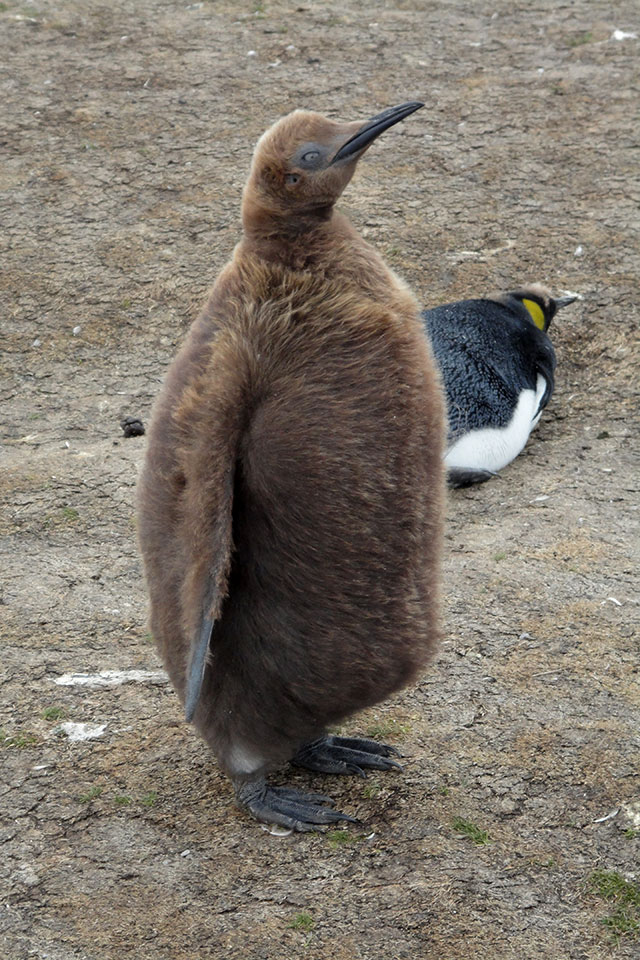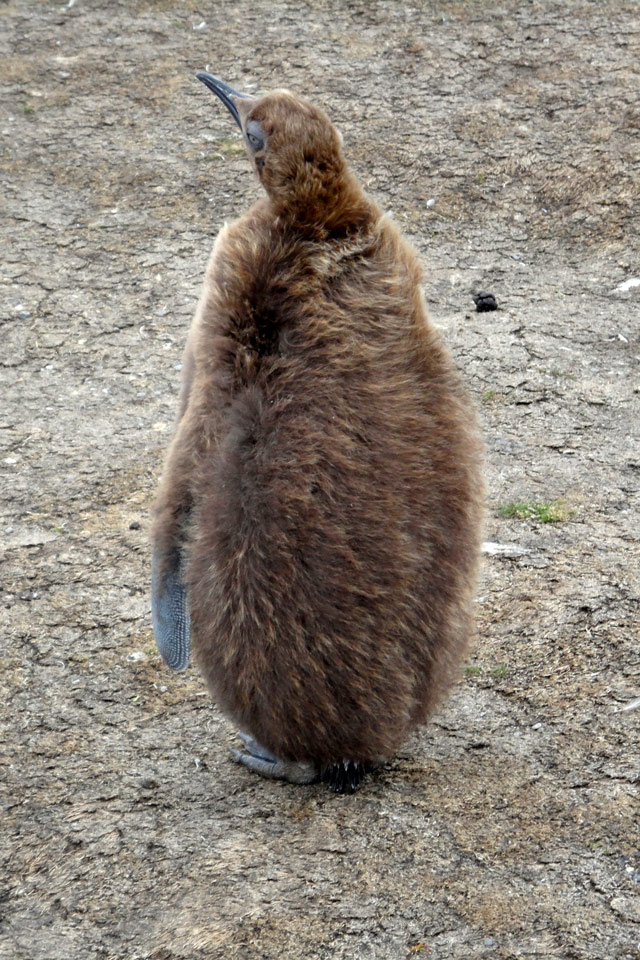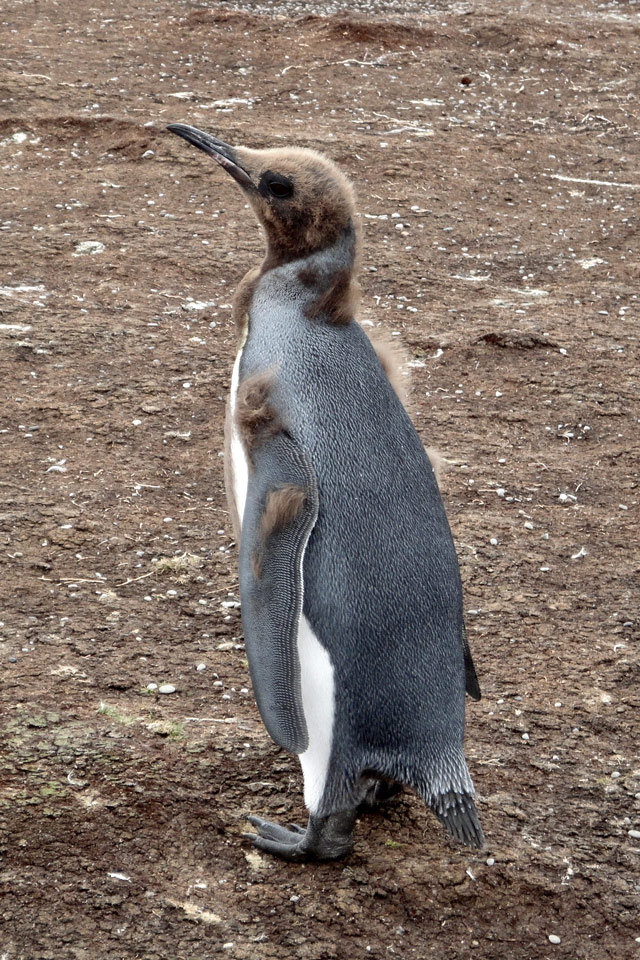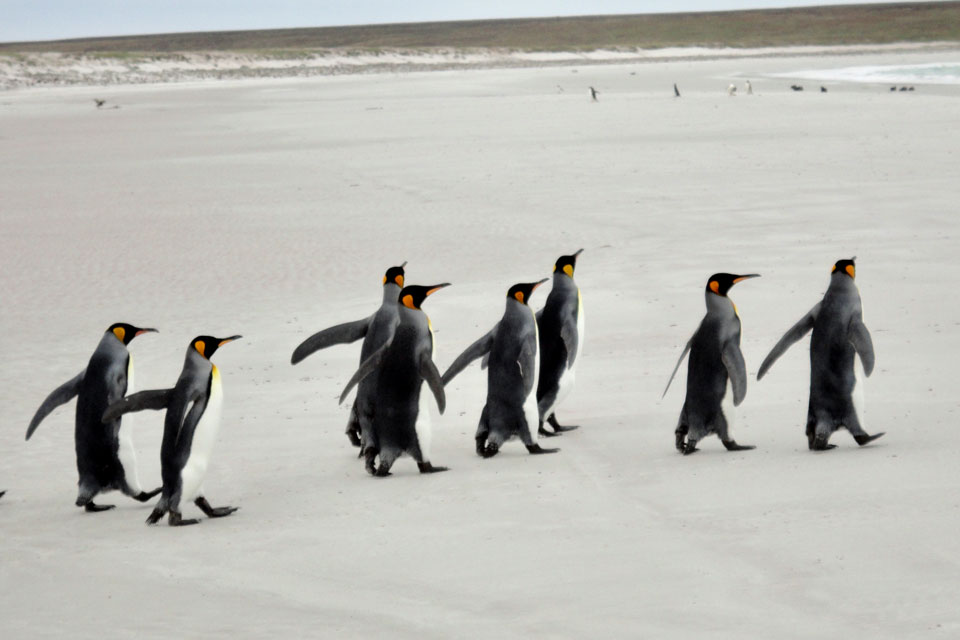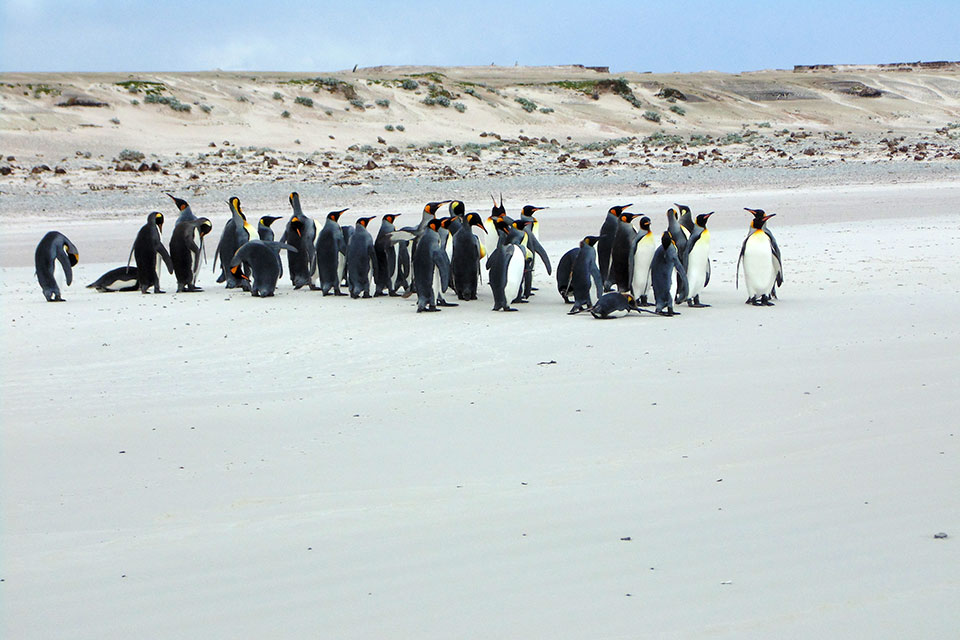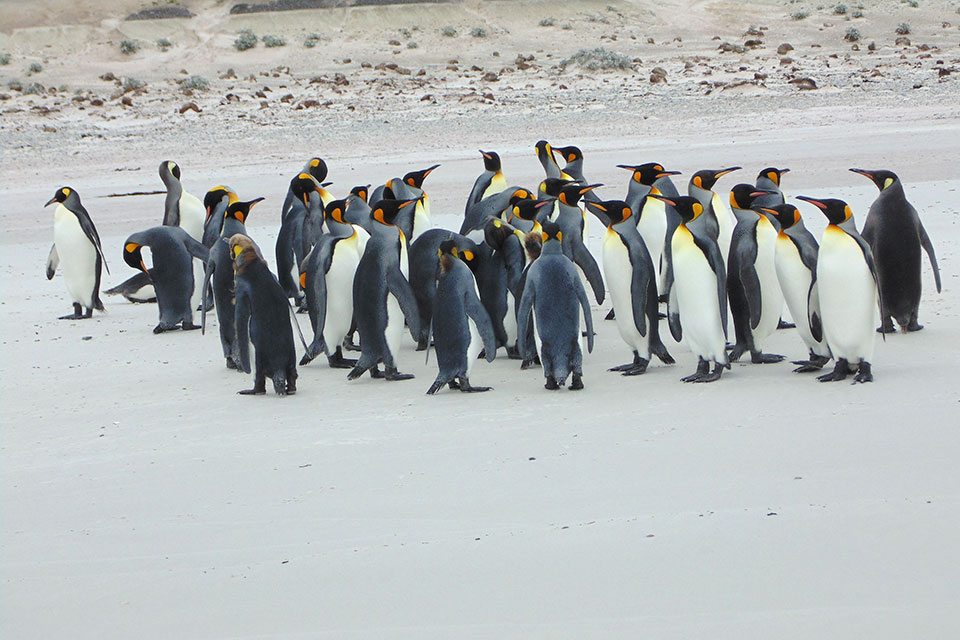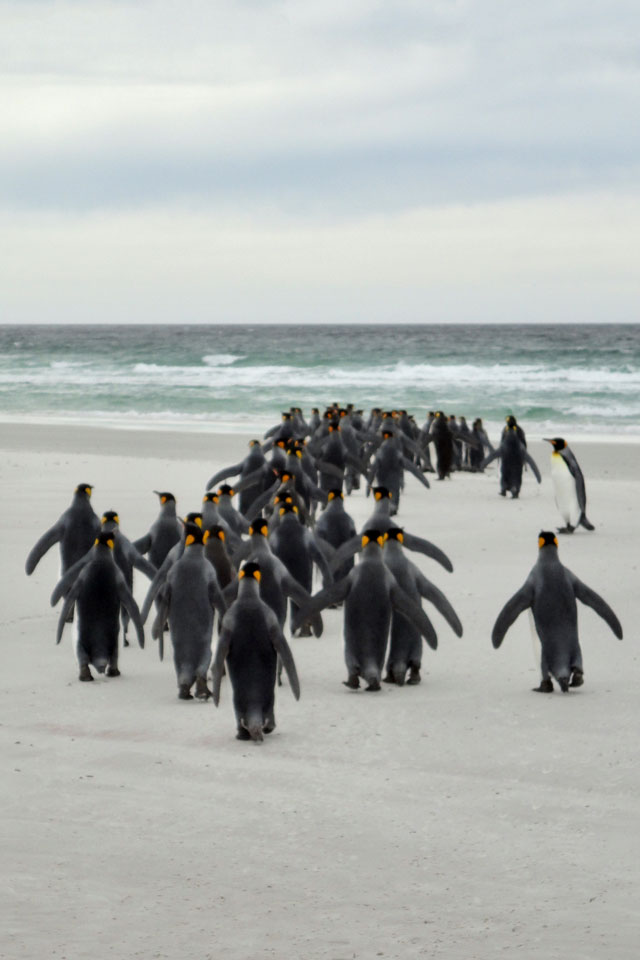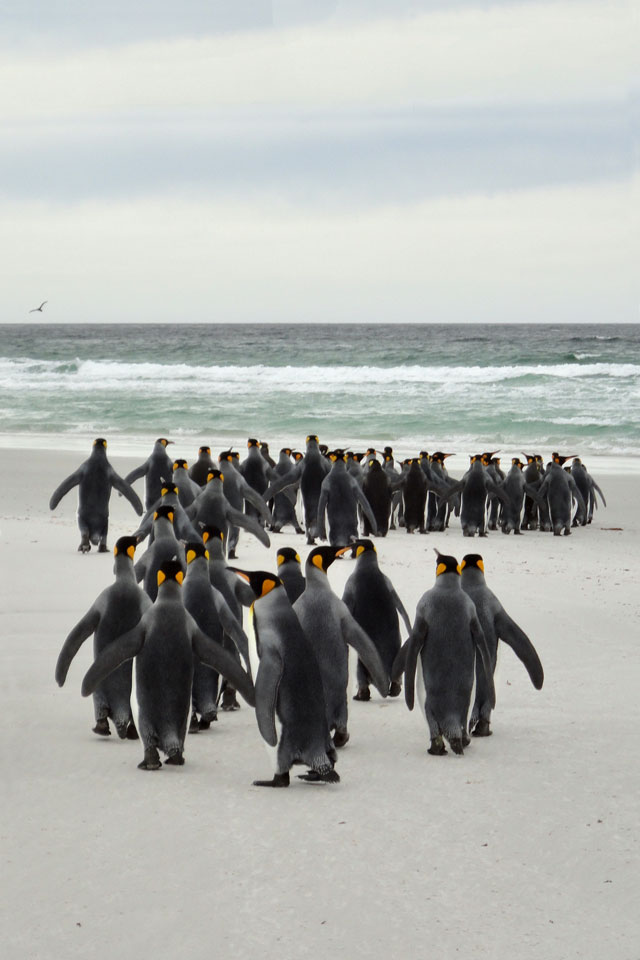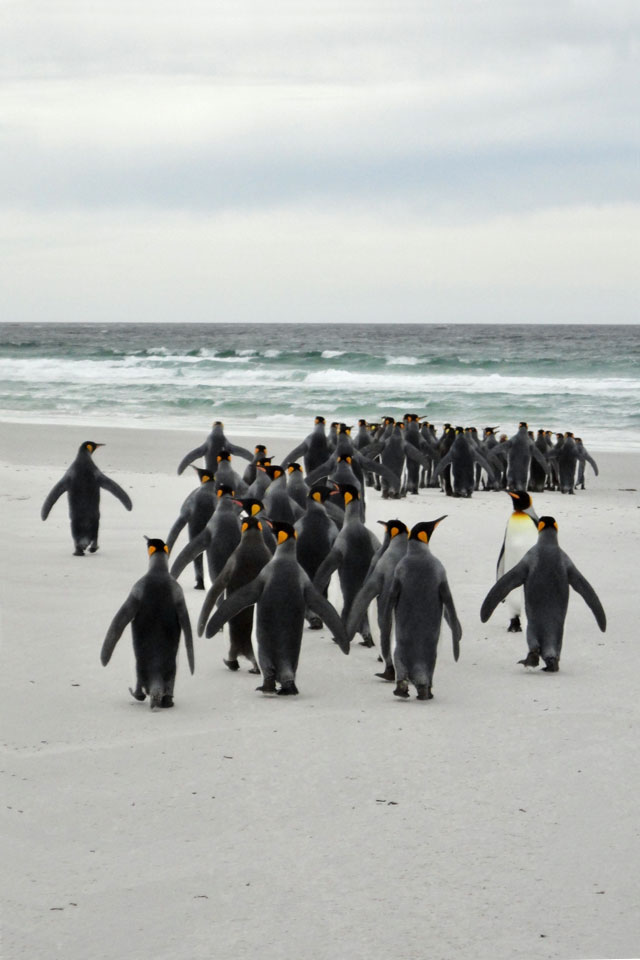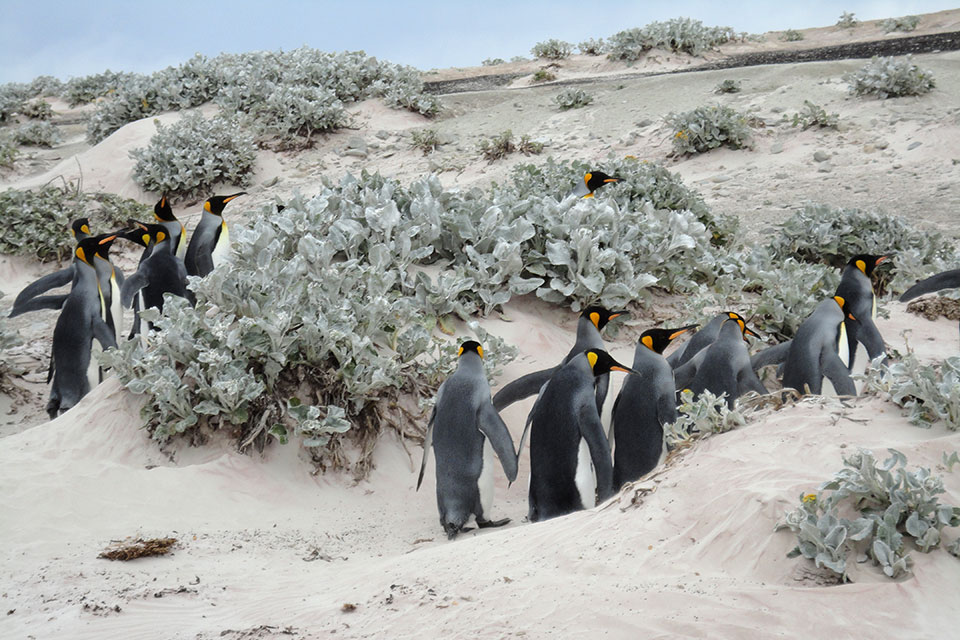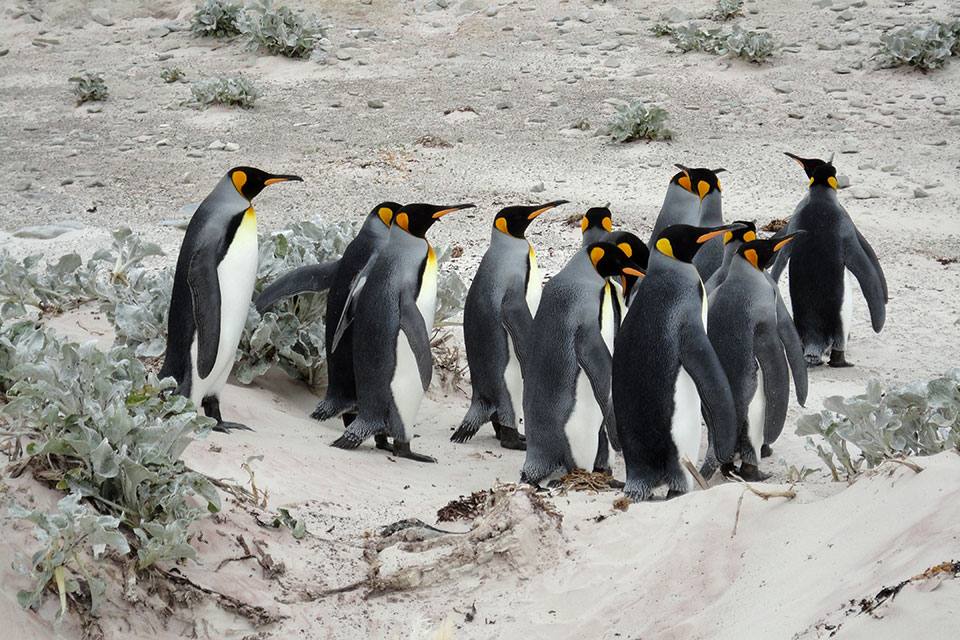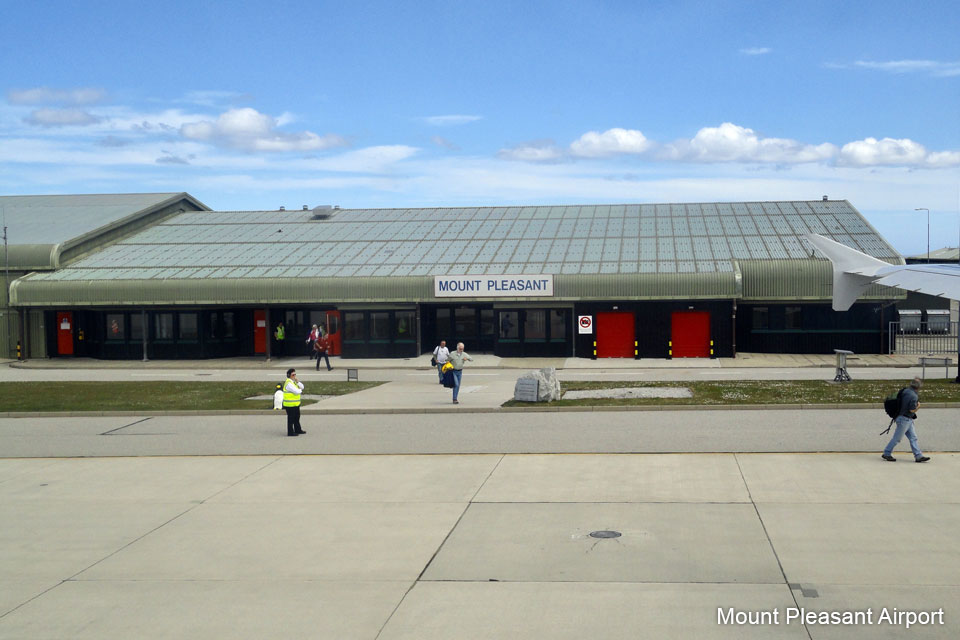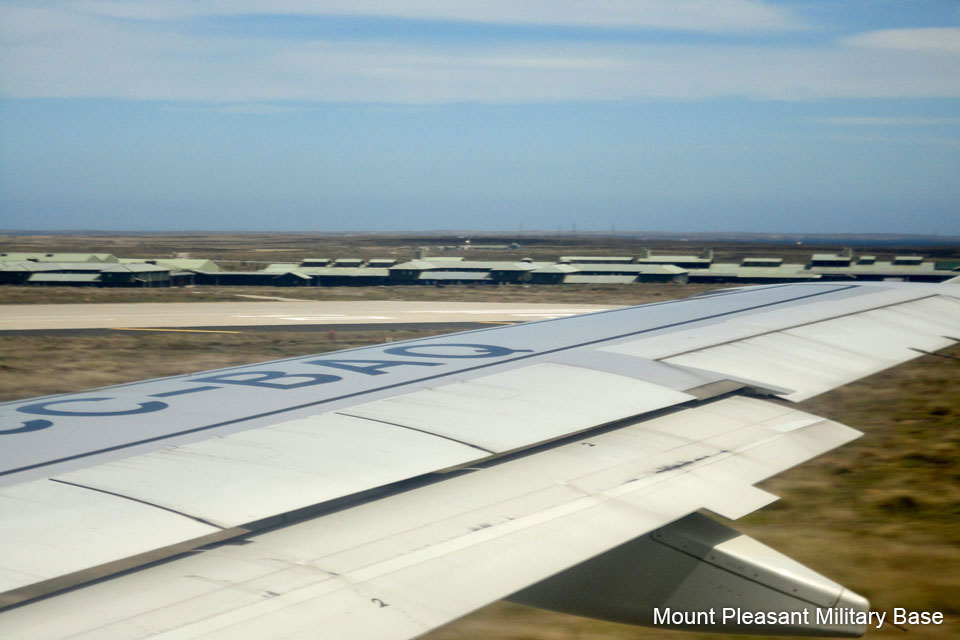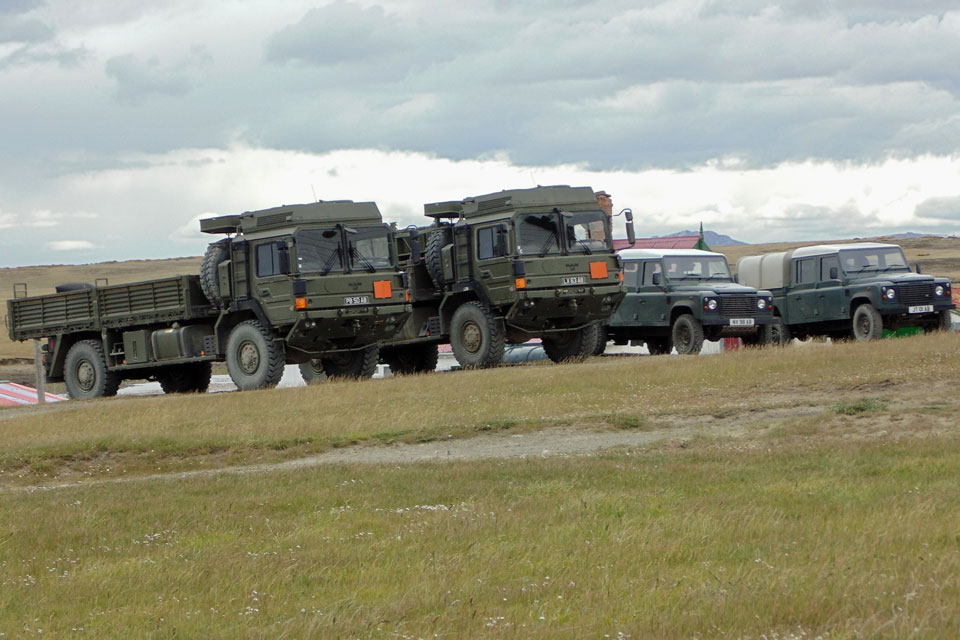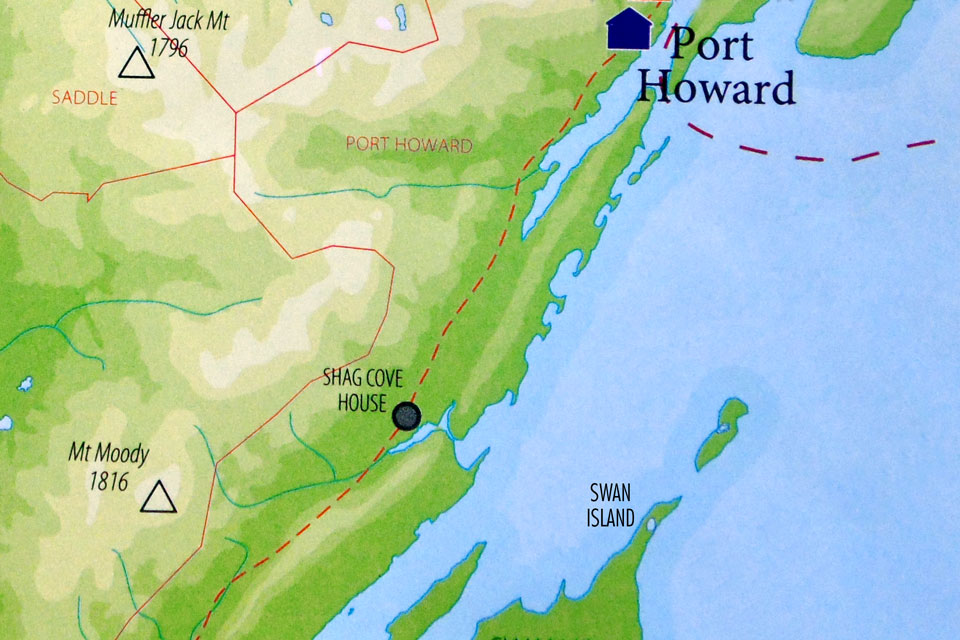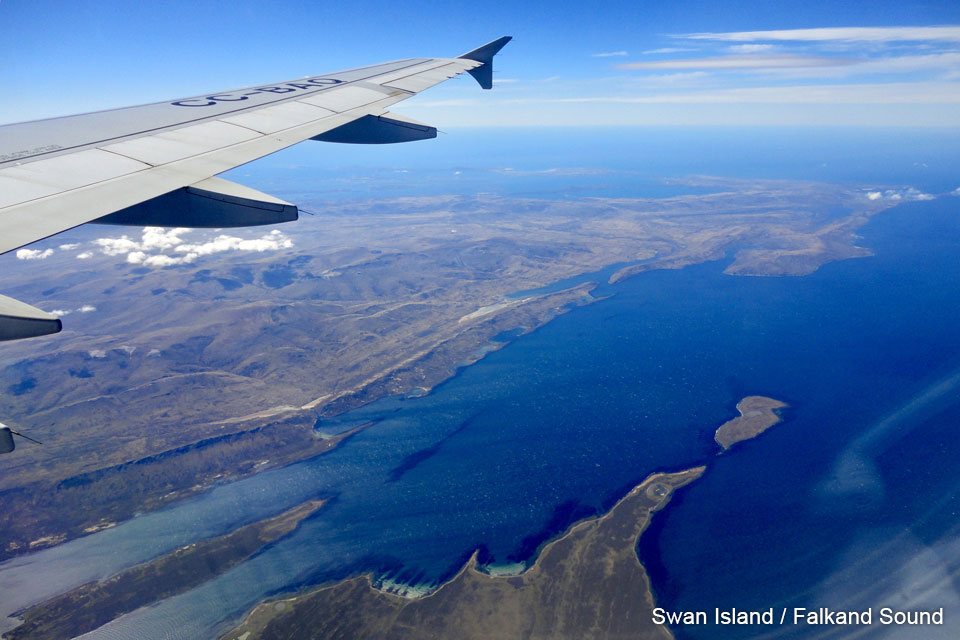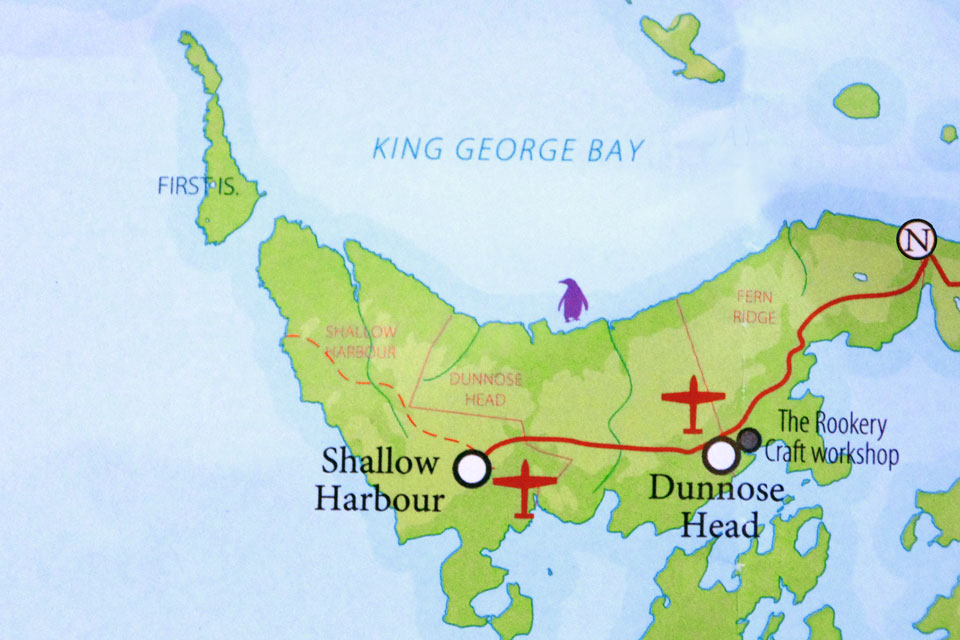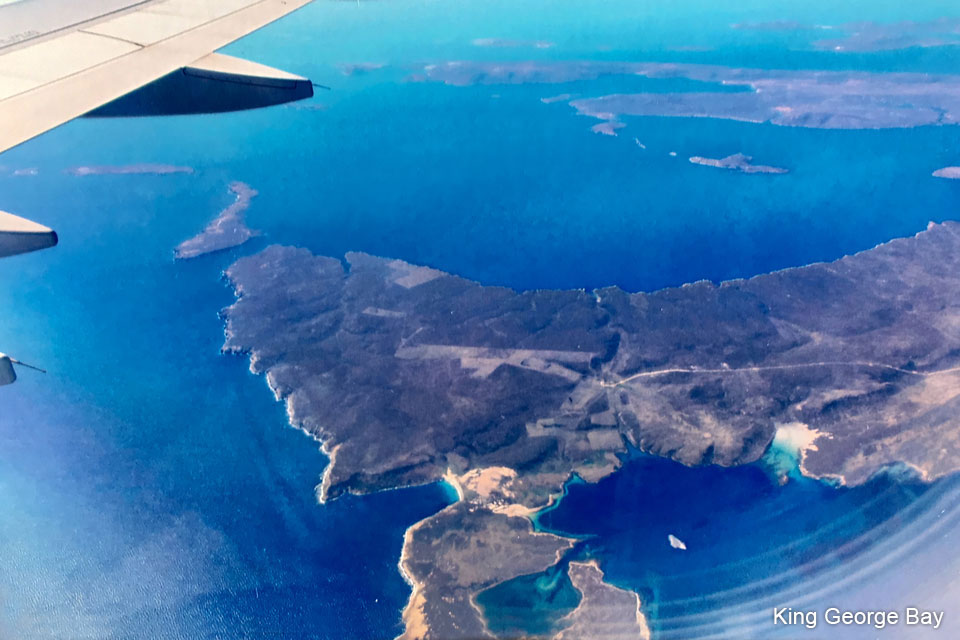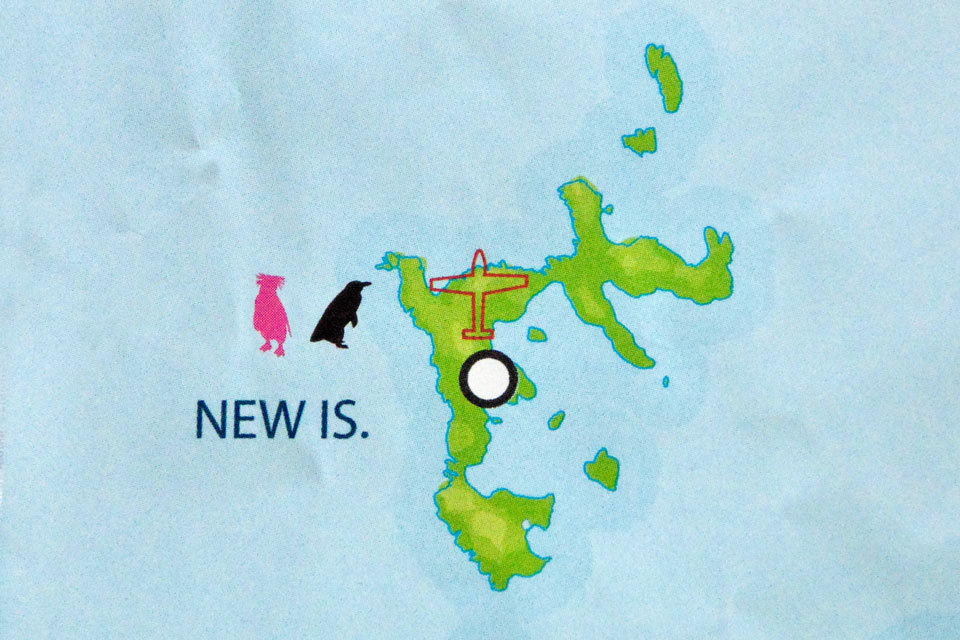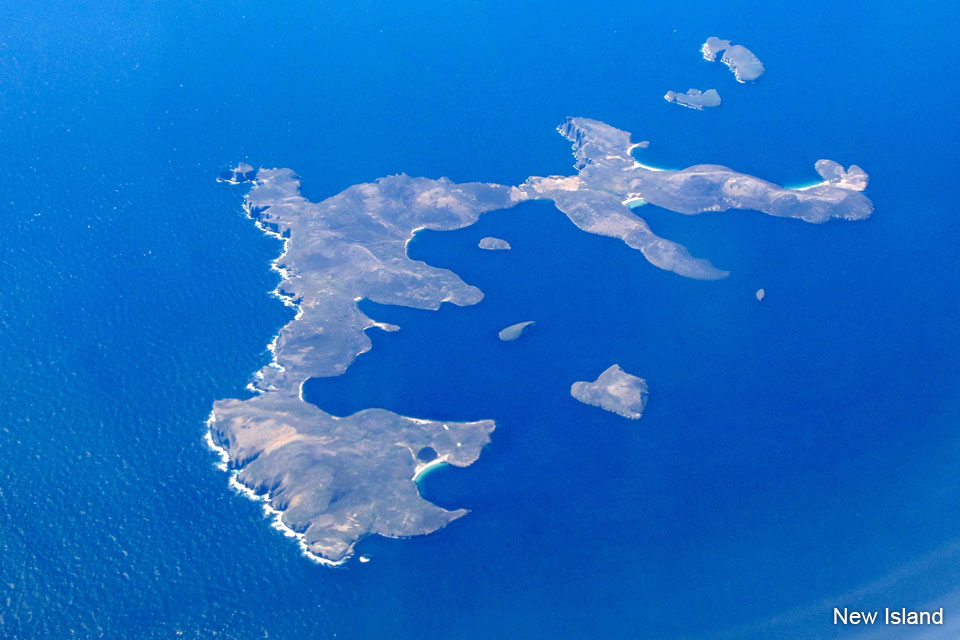A place that many people talk about in Argentina, but that few have visited.

This was an interesting trip, but also a sad trip. Sad because I was able to confirm, without no doubt, that England will never transfer the sovereignty of the islands to Argentina. This is due to England’s colonial position and also because the residents of the islands are very irreducible regarding this matter. I traveled alone at the beginning of the summer in 2014 and I had very interesting encounters there with Argentine ex-combatants, that were visiting the islands to walk the battlefields and the areas where they had been entrenched at the hills, in front of Port Stanley, during the battle of 1982. Falkland / Malvinas is an “almost” beautiful place because, although it is quite desolated, the presence of the sea can be sensed, with its incredibly jagged coast. Port Stanley is the small capital, that looks like a village of the north of Scotland. The houses look well cared, there is very little traffic (with brand new 4×4 cars) and a high standard of living is noticed.

I found that the islanders respect the former Argentine combatants, but not the rest of the Argentinian people. I entered the islands with my Uruguayan passport and as Uruguay is doing business with the islanders, everybody was kind to me when they knew my nationality. The economic level of the islanders is good. The wealth that is distributed comes from the annual auctions that are made for the granting of fishing zones to companies of other countries. The exploitation of oil in the sea can be important, but only if the price of the barrel stays in u$s 100, to compensate the expensive extraction. The sheep farming has decreased since the battle of 1982, as the huge farms that existed in the past, have been parceled out. The residence in the islands was never allowed for Argentine people, nor the acquisition of lands or houses. There are some Chileans and Peruvians working in different kind of services, replacing the previous staff, that England brought from Saint Helena Island.

There is a belief in Argentina, that the only war where Falkland / Malvinas was involved, was the one of 1982. In the First World War, in 1914, an important naval combat was held south of the Falkland / Malvinas Islands, between the German Navy and the Overseas English Fleet. Before that, the German Navy had inflicted a serious defeat to the English Fleet, near the coast of Chile, at Coronel Bay. That had been the first defeat England suffered in more than 100 years. When the German Fleet went through Cape Horn to the East, the English Fleet, that was regrouped in Falkland / Malvinas, completely defeat the Germans at the battle called “Falklands”. During the Second World War, an English fleet with base in Falkland / Malvinas fought with the German battleship Graf Spee, in the battle called “Rio de la Plata”, in front of the coast of Uruguay. After this, the German captain sank its own ship, to avoid a sure defeat. This shows the strategic importance of the Falkland / Malvinas as a sea traffic garrison between the South Atlantic and the South Pacific and this is something that England will never give up.

I started my trip in the opposite direction to which the English troops advanced in their reconquest of the islands in 1982 to end with the brief occupation of Argentina. I hired an older man, who had two Land Rovers. One of the vehicles was quite new and comfortable and he used it for the tours through the routes that were constructed since the war with Argentina.The other Land Rover was quite old and ramshackle and he used it for cross-country journeys, where it is not easy to drive, as the surface is made of very soft peat. The trip to see the war scenario was the following : from Port Stanley to the West, to the zone of the English landing at San Carlos Bay, that is located in the north area of the channel that separates the two main islands. From there we went to the south, to Goose Green and Darwin and then returning in direction North-East, back to Port Stanley, passing through Fitz Roy. It is the triangle that can be seen in the English map, that shows the directions of the English troops, with red colored arrows.

The first map shows the landing of the English troops, in San Carlos Bay. This was a place where the Argentines thought that a landing was going to be unlikely, as the way from there to Port Stanley was extremely difficult. Nowadays that place is practically empty. There is an old dock, some sheep and a mast with the English flag and a reminder plate of the military action. Although the Argentines hit hard the English troops during the landing, England could assure a beachhead and started their advance toward the East direction, to Port Stanley and at the same time, to the South, to Goose Green. On the other map it is shown the battle of Goose Green and the occupation by the English of the small village of Darwin. The British collided against the defense of the isthmus made by the Argentines and when it looked that the combat was undefined, a British column advanced through the left side of the beach. This action allowed the English to surround the Argentine troops, that surrendered.

Argentina had not even a unified command. Nor was taken into account the historical alliance between England and the United States, nor the logistical support that Chile was going to give to the United Kingdom. The Argentine Navy had a plan of attack “in clamps”, which was aborted after the sinking of the General Belgrano warship by the English atomic submarine Conqueror, at the south of the islands. The other Argentine ships, after this event, came back to their base in the continent. The Army sent its best regiments to the border with Chile and move to the islands only few professional soldiers and many conscripts with no military training. Very few leaders of these troops were up to the required circumstances. Only the Argentine Air Force and the Naval Aviation had a significant role in the battle, with actions that showed great courage and capacity, but they didn’t prepare the runway of Port Stanley to operate from there with their warplanes. So all warplanes had to leave and come back to airports on the continent and had to refuel twice in the air, on each mission.

The cemetery of the Argentine soldiers dead in the combats in Falkland / Malvinas is located on a small hill, close to Goose Green. It is an astonishing and moving place, because of its simplicity and its implantation in the landscape. Most of the dead soldiers were young boys of no more than 20 years, many of them coming from most of the poor provinces of Argentina with no preparation for a war. The Argentine authorities did not think that England would really take a military retaliation to the Argentine adventure of occupying the islands. The former combatants still suffer the oblivion by the successive Argentine governments.
When being there, one cannot remain indifferent to what that reality was: the one of a military and dictatorial government, who used in a political way, an objectively fair claim of sovereignty, entering into a war with a colonial power who was accustomed to imposing its designs by force.

The man of Land Rovers recommmended me to see the penguins at Volunteer Point. I had no much expectations about it. But the trip was fantastic, and the journey through the open field, over the surface with the soft peat, happened to be an adventure that I will always recall. The old Land Rover responded to the journey demands and the guide-driver took the vehicle out of several situations when I already thought that we were definitely stuck. There is not even a guiding trace and the horizon is the same in all directions, so it is necessary to permanently try to stay the course as if you were navigating. The penguin colonies are amazing. The ones that predominate are the “Magallanes” and the “Kings”. The eggs are brooded in October and in February, the babies can stand on their own. In winter, the adults go far away to feed at sea and only return very sporadically to tend the young. Those who can pass this rigor of the first winter, will survive and be apt to look for their own food at sea.

It is forbidden to enter into the huge military instalations, that the English settled in Falkland / Malvinas after the war of 1982. They are close to the airport of Mount Pleasant, 60 km away from Port Stanley. Before arriving, it was informed to the passengers, that the landing was going to be done on a military base and that it was forbidden to take photos. Therefore, the few photographs that are shown here were taken without looking through the viewfinder being some of them fuzzy. The military staff is not considered as island inhabitants. There are about 3000 personal, being this quantity equal to that of the rest of the permanent residents. The soldiers posted there, have all the commercial and recreational services inside the base, in order not to interfere in the life of the rest of the residents.
During the returning flight, leaving Mount Pleasant, I took some photographs from the airplane. Below some examples are shown, with the map on the left side and its corresponding image on its right side.

